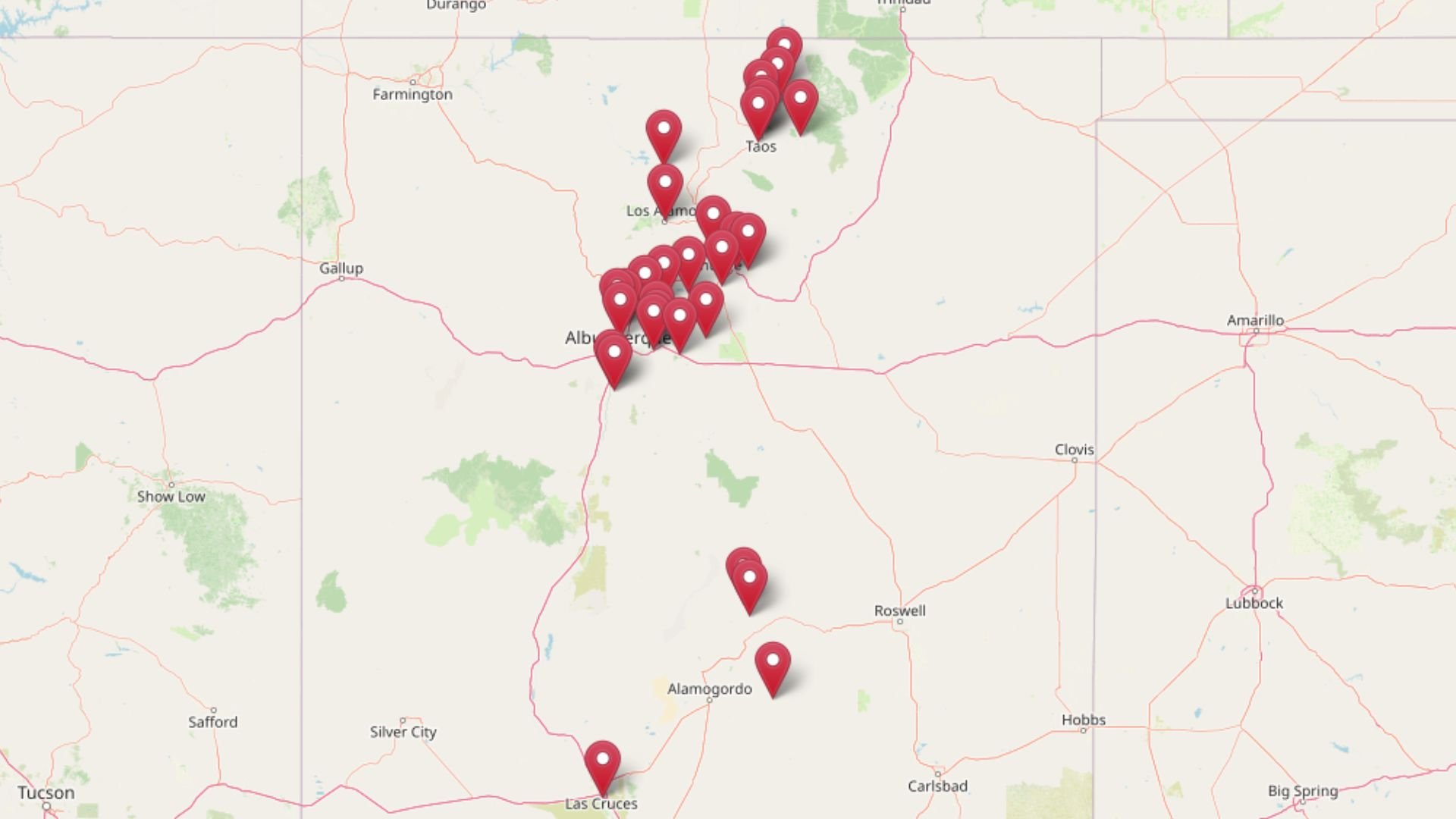
Using the latest Zillow Home Value Index data, we’ve ranked the 30 most expensive towns in New Mexico based on current home prices. These towns showcase remarkable growth stories, from high-desert enclaves to mountain retreats where values have doubled since 2010. Many have weathered market fluctuations to emerge as New Mexico’s premier real estate destinations.
From historic Santa Fe to emerging mountain communities, each location on this list offers unique appeal that commands premium prices. Whether you’re exploring investment opportunities or simply curious about New Mexico’s housing market, this breakdown reveals where the state’s highest property values cluster and what drives their continued appreciation.
30. Glorieta – 85% Home Price Increase Since 2014
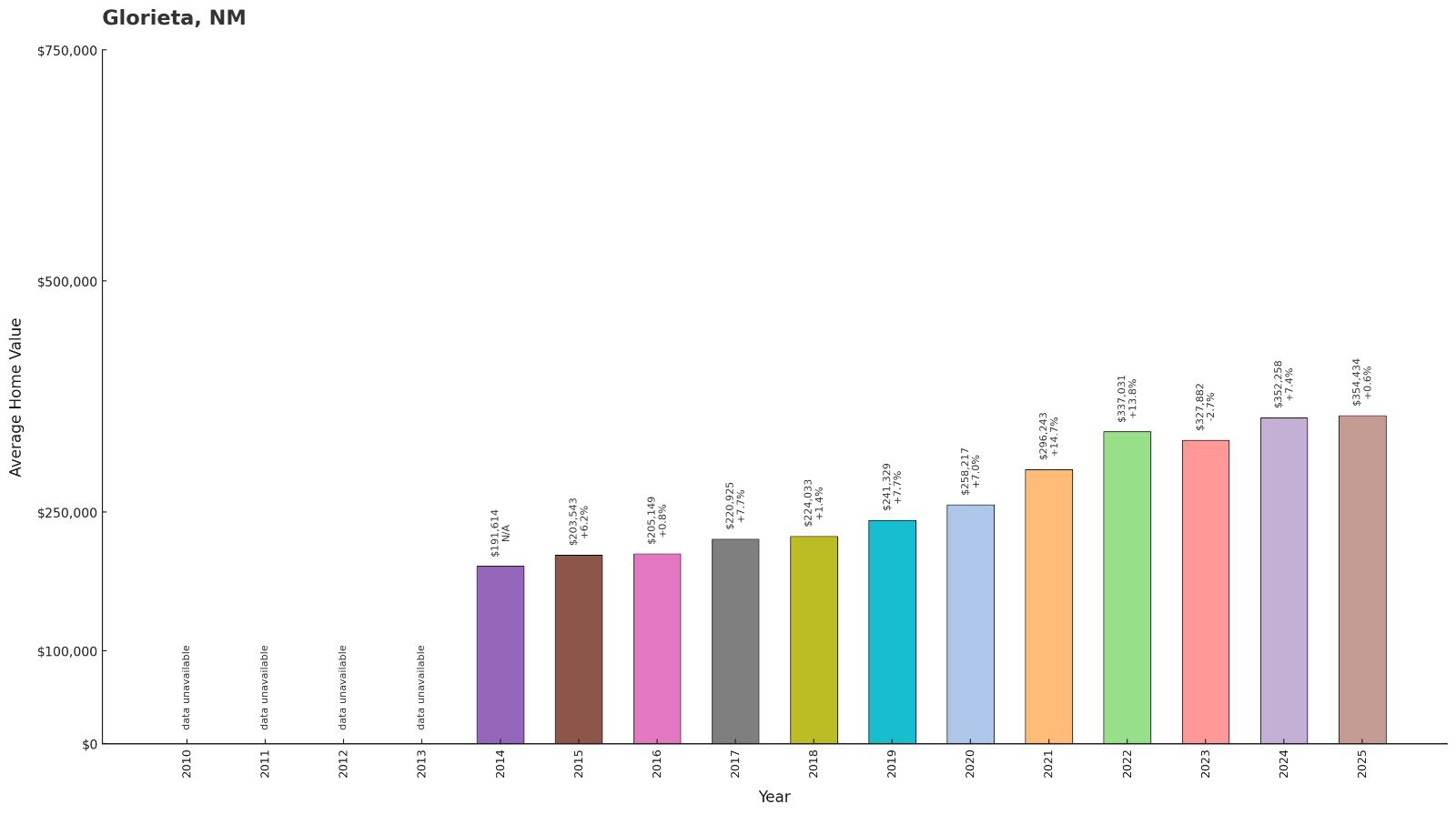
- 2010: N/A
- 2011: N/A
- 2012: N/A
- 2013: N/A
- 2014: $191,614
- 2015: $203,543
- 2016: $205,149
- 2017: $220,925
- 2018: $224,033
- 2019: $241,329
- 2020: $258,217
- 2021: $296,243
- 2022: $337,031
- 2023: $327,882
- 2024: $352,258
- 2025: $354,434
Glorieta has achieved 85% growth since 2014, reaching $354,434 by August 2025. The historic village showed consistent appreciation through 2022, peaking at $337,031, with some moderation in 2023 followed by recovery through 2025. Despite recent volatility, long-term growth remains strong, making it the most expensive town on this list relative to its starting point.
Why Glorieta?
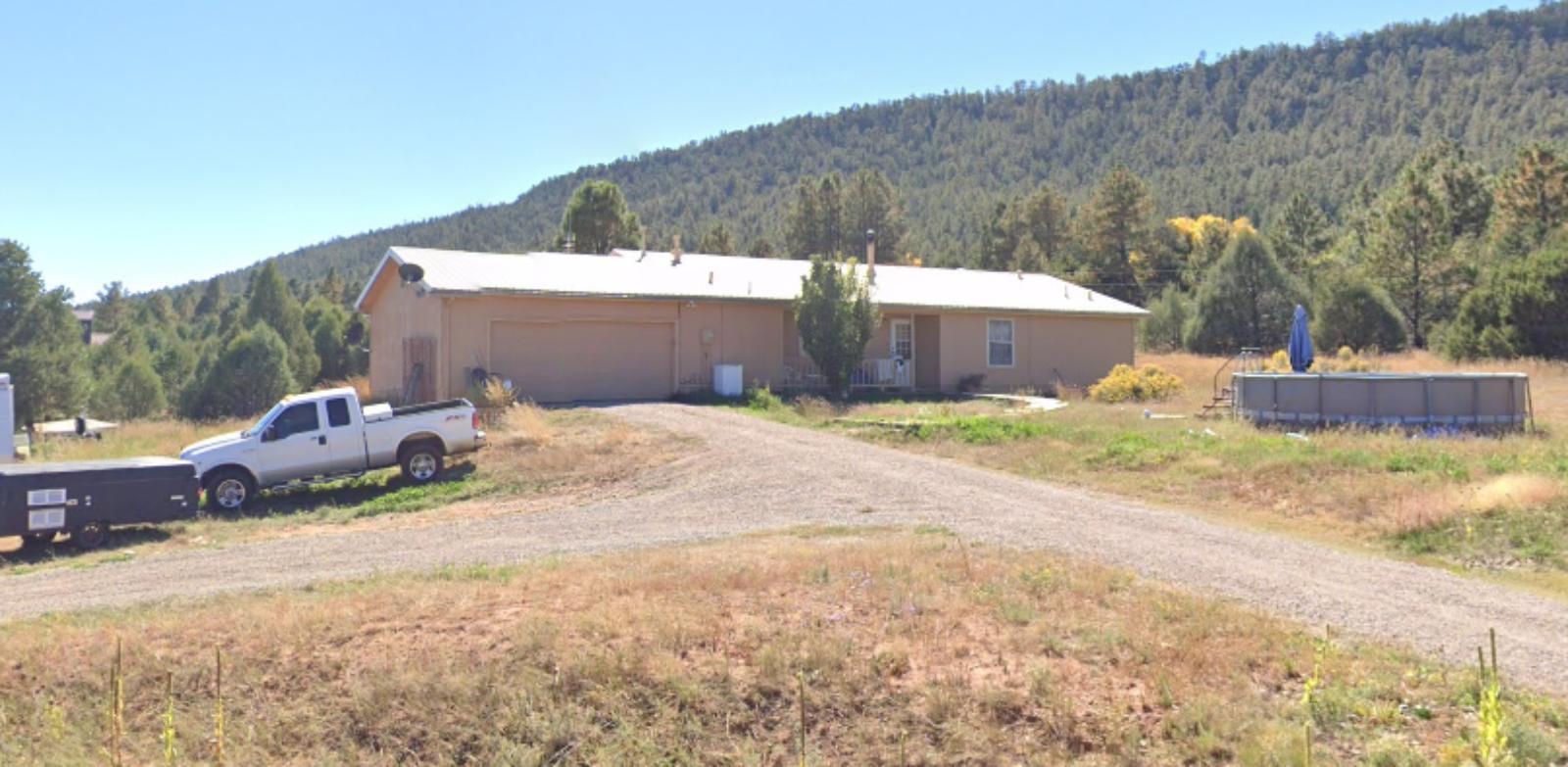
Why are people willing to pay so much to live here? What’s special about it?
Glorieta attracts buyers seeking mountain living with significant Civil War history, located at the site of the pivotal 1862 Battle of Glorieta Pass. The area offers high-elevation forest settings with access to hiking, fishing, and outdoor recreation in the Santa Fe National Forest while maintaining proximity to Santa Fe’s cultural attractions. Many properties feature mountain views and historical significance that create unique appeal.
The community provides small-town atmosphere with genuine historical importance and mountain lifestyle benefits. Glorieta appeals to history enthusiasts and outdoor recreation seekers who value proximity to battlefields and historic sites while enjoying four-season mountain living uncommon in much of New Mexico.
How Glorieta Rose to Prominence
Glorieta gained historical significance during the Civil War when Union and Confederate forces fought the Battle of Glorieta Pass in March 1862, often called the “Gettysburg of the West.” The Union victory ended Confederate hopes of capturing Colorado’s gold fields and marked the turning point of the Civil War in the Southwest.
The area remained a small mountain community through most of the 20th century, with modest growth supported by its historical significance and outdoor recreation opportunities. Modern real estate interest has grown with increased recognition of the area’s unique combination of Civil War history, mountain recreation access, and proximity to Santa Fe. The historical significance and mountain setting have attracted buyers seeking properties with genuine historical importance and natural beauty.
3 Interesting Tidbits
1. Civil War Battlefield – Glorieta was the site of the pivotal 1862 Battle of Glorieta Pass, which ended Confederate expansion in the Southwest and is preserved as a National Historic Landmark.
2. Gettysburg of the West – The Battle of Glorieta Pass is often called the “Gettysburg of the West” because it marked the turning point of the Civil War in the southwestern territories.
3. Mountain Pass – Glorieta sits in a strategic mountain pass that has served as a transportation corridor for centuries, from ancient Native American trails to modern highways connecting Santa Fe to Las Vegas, New Mexico.
29. Rio Rancho – 70% Home Price Increase Since 2010
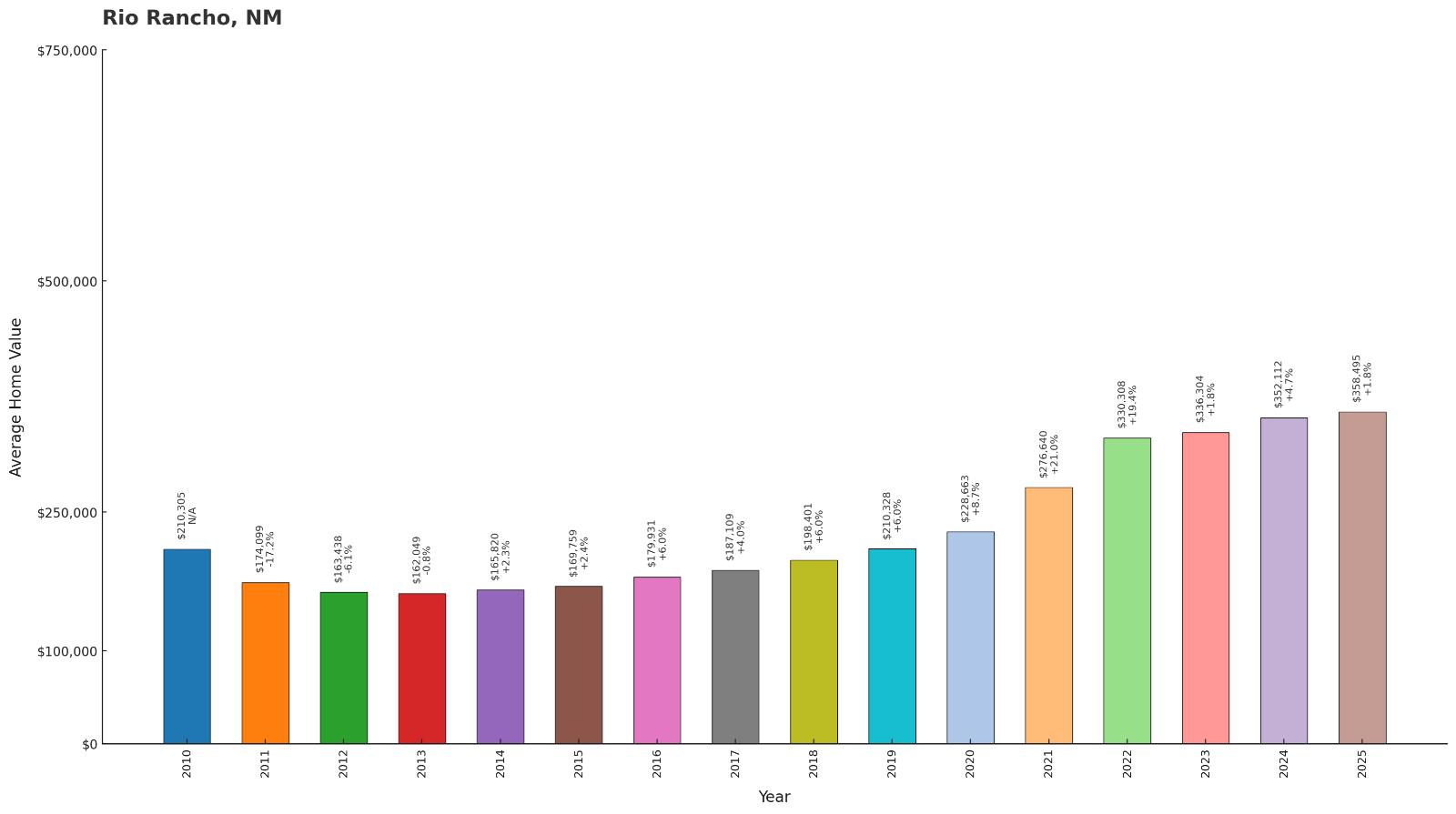
- 2010: $210,305
- 2011: $174,099
- 2012: $163,438
- 2013: $162,049
- 2014: $165,820
- 2015: $169,759
- 2016: $179,931
- 2017: $187,109
- 2018: $198,401
- 2019: $210,328
- 2020: $228,663
- 2021: $276,640
- 2022: $330,308
- 2023: $336,304
- 2024: $352,112
- 2025: $358,495
Rio Rancho has achieved 70% growth since 2010, reaching $358,495 by August 2025. The city experienced significant decline through 2013, bottoming out at $162,049, before beginning steady recovery that accelerated after 2020. The most dramatic growth occurred during 2021-2022 when values surged from $228,663 to $330,308, followed by continued gains.
Why Rio Rancho?
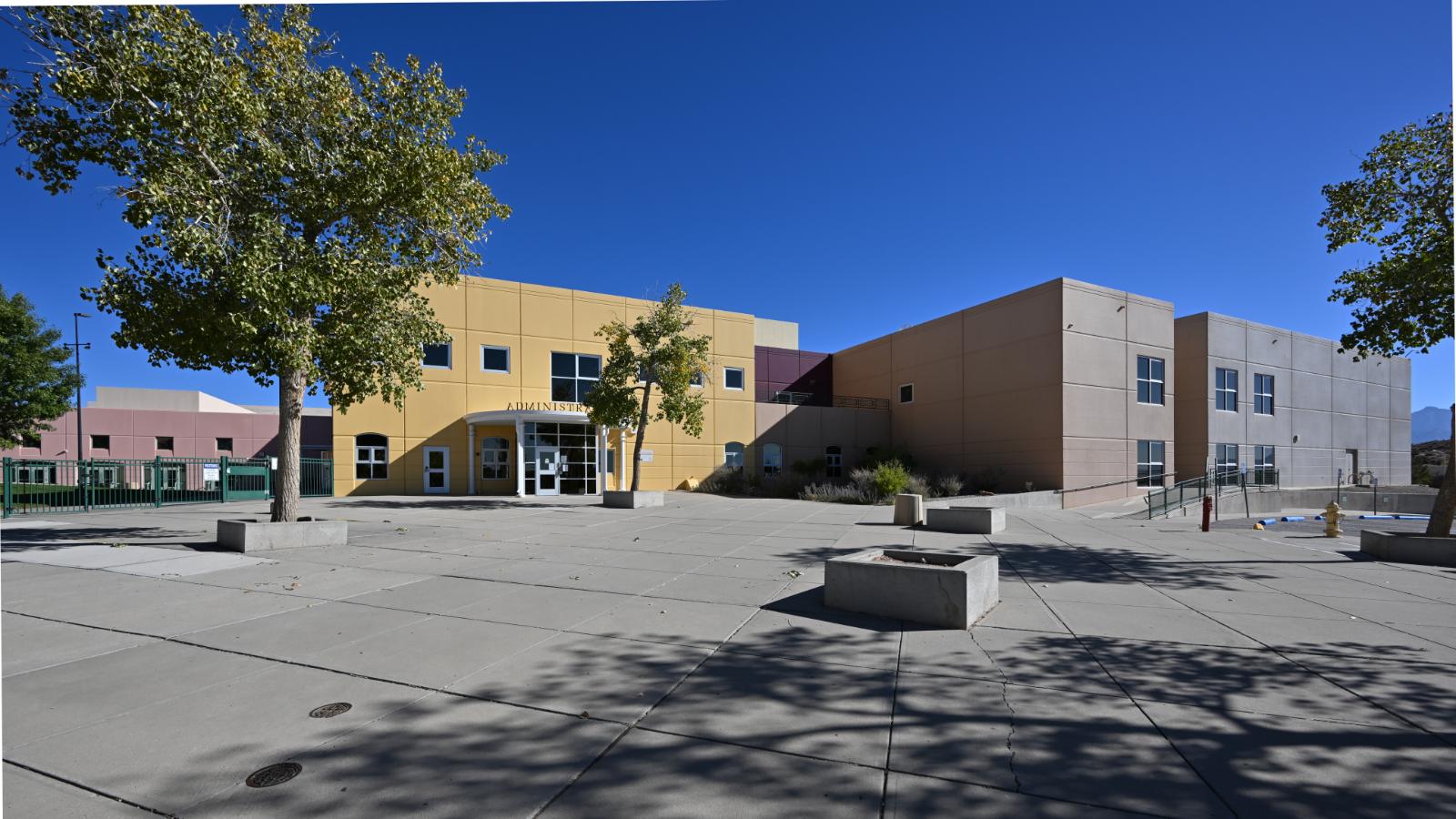
Why are people willing to pay so much to live here? What’s special about it?
Rio Rancho attracts buyers as New Mexico’s fastest-growing city, offering master-planned communities with modern amenities, excellent schools, and family-friendly neighborhoods. The city provides suburban lifestyle with newer construction, shopping centers, and recreational facilities while maintaining convenient access to Albuquerque employment centers. Many developments feature golf courses, parks, and community amenities that create resort-style living.
The location offers mountain views, outdoor recreation access, and lower crime rates that make it particularly appealing to families and retirees. Rio Rancho’s planned growth and infrastructure investments have created a modern suburban environment that attracts buyers seeking new construction and contemporary amenities.
How Rio Rancho Rose to Prominence
Rio Rancho began in 1961 as one of the largest planned communities in the United States, developed by the Amrep Corporation on a 55,000-acre ranch northwest of Albuquerque. The original development marketed affordable lots to buyers across the country, many of whom initially purchased for future retirement or investment.
Real growth began in the 1980s and 1990s when Intel established a major manufacturing facility, bringing thousands of high-paying technology jobs that attracted educated professionals and their families. The city incorporated in 1981 and has continued expanding with master-planned communities, shopping centers, and recreational facilities that have made it one of New Mexico’s most desirable suburban destinations. Rio Rancho is the fastest-growing community in New Mexico and has been recognized as one of the safest and best places to raise kids in the country.
3 Interesting Tidbits
1. Intel Hub – Rio Rancho is home to Intel’s largest manufacturing facility, which has been a major economic driver and attracted thousands of high-tech workers to the area.
2. Planned Community – The city began as one of the largest planned communities in U.S. history, originally developed on a 55,000-acre ranch with master-planned neighborhoods and amenities.
3. Rapid Growth – Rio Rancho has received the most permits for housing starts in the entire country, reflecting its continued expansion and development as New Mexico’s fastest-growing city.
28. Mesilla Park – 51% Home Price Increase Since 2010

- 2010: $237,684
- 2011: $210,195
- 2012: $214,484
- 2013: $211,504
- 2014: $212,775
- 2015: $216,662
- 2016: $219,359
- 2017: $221,073
- 2018: $227,139
- 2019: $236,284
- 2020: $247,649
- 2021: $285,687
- 2022: $326,227
- 2023: $345,591
- 2024: $353,384
- 2025: $359,210
Mesilla Park has achieved 51% growth since 2010, reaching $359,210 by August 2025. The town showed gradual recovery from recession lows through 2020, then experienced acceleration during 2021-2022 when values jumped from $247,649 to $326,227. Growth has continued steadily through 2025, reflecting consistent demand in this Las Cruces area community.
Why Mesilla Park?

Why are people willing to pay so much to live here? What’s special about it?
Mesilla Park offers convenient access to Las Cruces employment and amenities while maintaining a separate community identity adjacent to historic Mesilla. The town provides urban conveniences with small-town atmosphere and proximity to New Mexico State University, making it popular with faculty, staff, and professionals. Many properties feature established neighborhoods with mature landscaping and traditional southwestern architecture.
The location provides easy access to outdoor recreation in the Organ Mountains and desert hiking opportunities while maintaining urban amenities. Mesilla Park appeals to buyers seeking established communities with university connections and cultural attractions without the higher costs of more exclusive areas.
How Mesilla Park Rose to Prominence
Mesilla Park was established in the early 1900s as a planned community adjacent to historic Mesilla, designed to provide modern amenities and infrastructure while maintaining proximity to the historic town’s cultural attractions. The community grew as Las Cruces expanded and New Mexico State University developed into a major regional institution.
Growth accelerated in the post-World War II era when the university’s expansion brought faculty, staff, and students seeking housing near campus. Mesilla Park became attractive for its combination of university access, historic character, and modern conveniences. The town incorporated to maintain local control while property values gradually increased with demand from university-affiliated buyers and regional professionals.
3 Interesting Tidbits
1. University Connection – Mesilla Park’s proximity to New Mexico State University makes it popular with faculty, staff, and graduate students seeking established neighborhoods near campus.
2. Historic Proximity – The town provides easy access to historic Mesilla’s plaza, shops, and restaurants while maintaining its own distinct community identity.
3. Organ Mountains Access – Mesilla Park offers convenient access to the Organ Mountains-Desert Peaks National Monument for hiking and outdoor recreation in dramatic desert landscapes.
27. Mayhill – 76% Home Price Increase Since 2019

- 2010: N/A
- 2011: N/A
- 2012: N/A
- 2013: N/A
- 2014: N/A
- 2015: N/A
- 2016: N/A
- 2017: N/A
- 2018: N/A
- 2019: $208,344
- 2020: $225,706
- 2021: $269,980
- 2022: $319,648
- 2023: $326,483
- 2024: $342,531
- 2025: $366,269
Mayhill has achieved impressive 76% growth since 2019, reaching $366,269 by August 2025. The mountain community showed consistent year-over-year appreciation, with particularly strong gains during 2021-2022 when values jumped from $225,706 to $319,648. Growth has continued steadily through 2025, reflecting strong demand for this high-elevation location.
Why Mayhill?
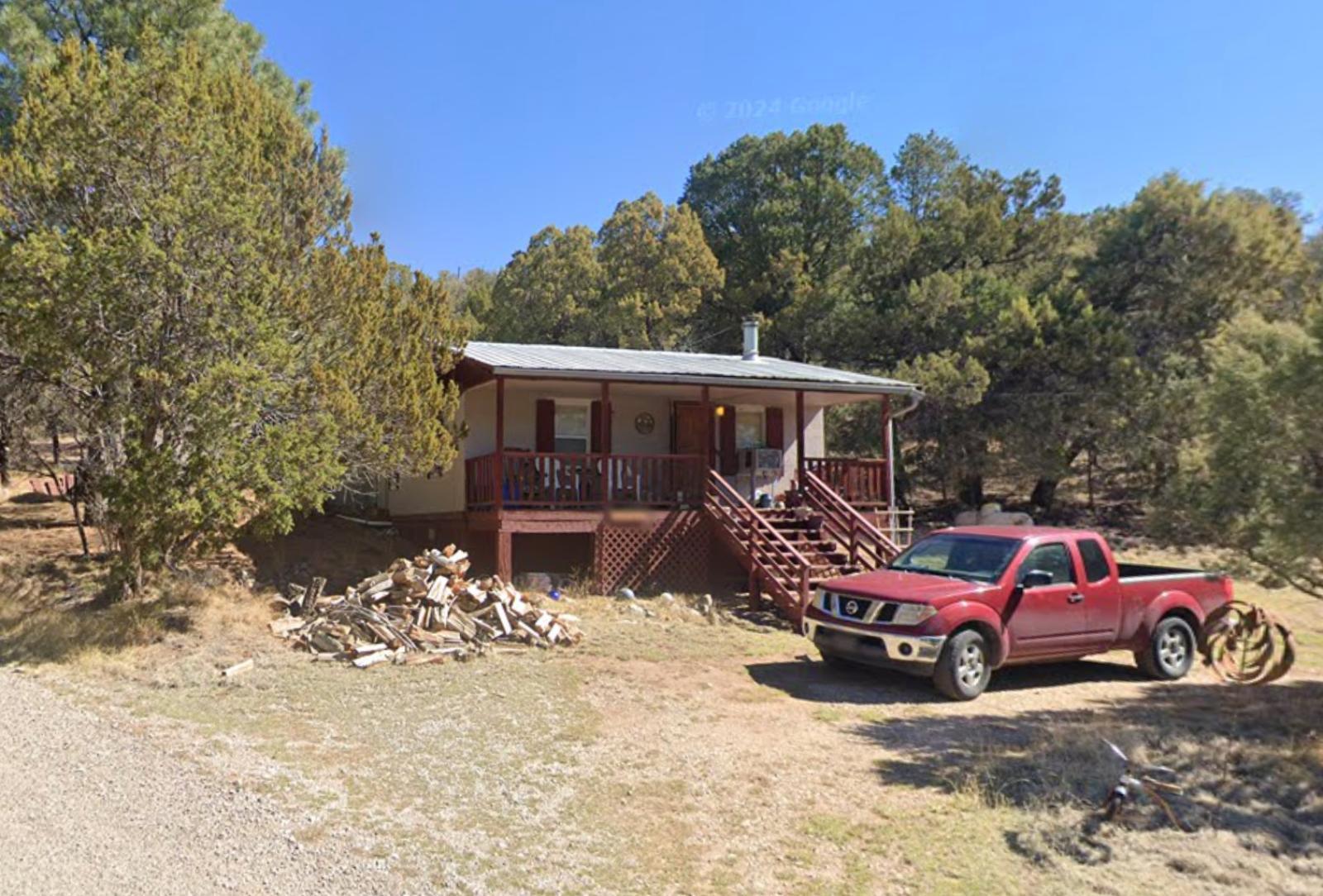
Why are people willing to pay so much to live here? What’s special about it?
Mayhill attracts buyers seeking high-elevation mountain living in the Sacramento Mountains with cooler temperatures and forest settings uncommon in New Mexico. The small community offers genuine four-season living at over 7,000 feet elevation, providing escape from desert heat and urban density. Properties typically feature larger lots with forest access and mountain views that create an alpine atmosphere.
The area appeals to outdoor enthusiasts and retirees seeking mountain lifestyle benefits and seasonal weather changes. Mayhill provides access to hiking, hunting, and forest recreation while maintaining small-town atmosphere and natural beauty that offers genuine mountain living experiences.
How Mayhill Rose to Prominence
Mayhill developed as a small mountain community in the Sacramento Mountains, originally serving as a logging and ranching area that took advantage of the high-elevation forest resources. The community remained small and rural through most of the 20th century, with modest population supporting forestry and agricultural activities.
Modern growth has been driven by buyers discovering the area’s mountain climate and recreational opportunities, particularly those seeking alternatives to more expensive mountain communities in Colorado or other western states. Mayhill’s combination of high elevation, forest access, and relative affordability has attracted buyers seeking authentic mountain living without resort town prices or development pressures.
3 Interesting Tidbits
1. High Elevation – Mayhill sits at over 7,000 feet elevation in the Sacramento Mountains, providing genuine four-season mountain climate with snow and cool summers.
2. Forest Community – The town is surrounded by the Lincoln National Forest, offering extensive outdoor recreation and pristine mountain wilderness access.
3. Mountain Escape – Mayhill provides a cool mountain retreat that attracts buyers seeking escape from the desert climates and urban heat found elsewhere in New Mexico.
26. Nogal – 1% Home Price Increase Since 2024

- 2010: N/A
- 2011: N/A
- 2012: N/A
- 2013: N/A
- 2014: N/A
- 2015: N/A
- 2016: N/A
- 2017: N/A
- 2018: N/A
- 2019: N/A
- 2020: N/A
- 2021: N/A
- 2022: N/A
- 2023: N/A
- 2024: $365,568
- 2025: $369,450
Nogal shows minimal 1% growth from 2024 to 2025, reaching $369,450 in median home values. With data available only from 2024, this small mountain community appears to be a new entrant to the premium market, suggesting either recent development or market recognition of its unique mountain location and recreational access.
Why Nogal?
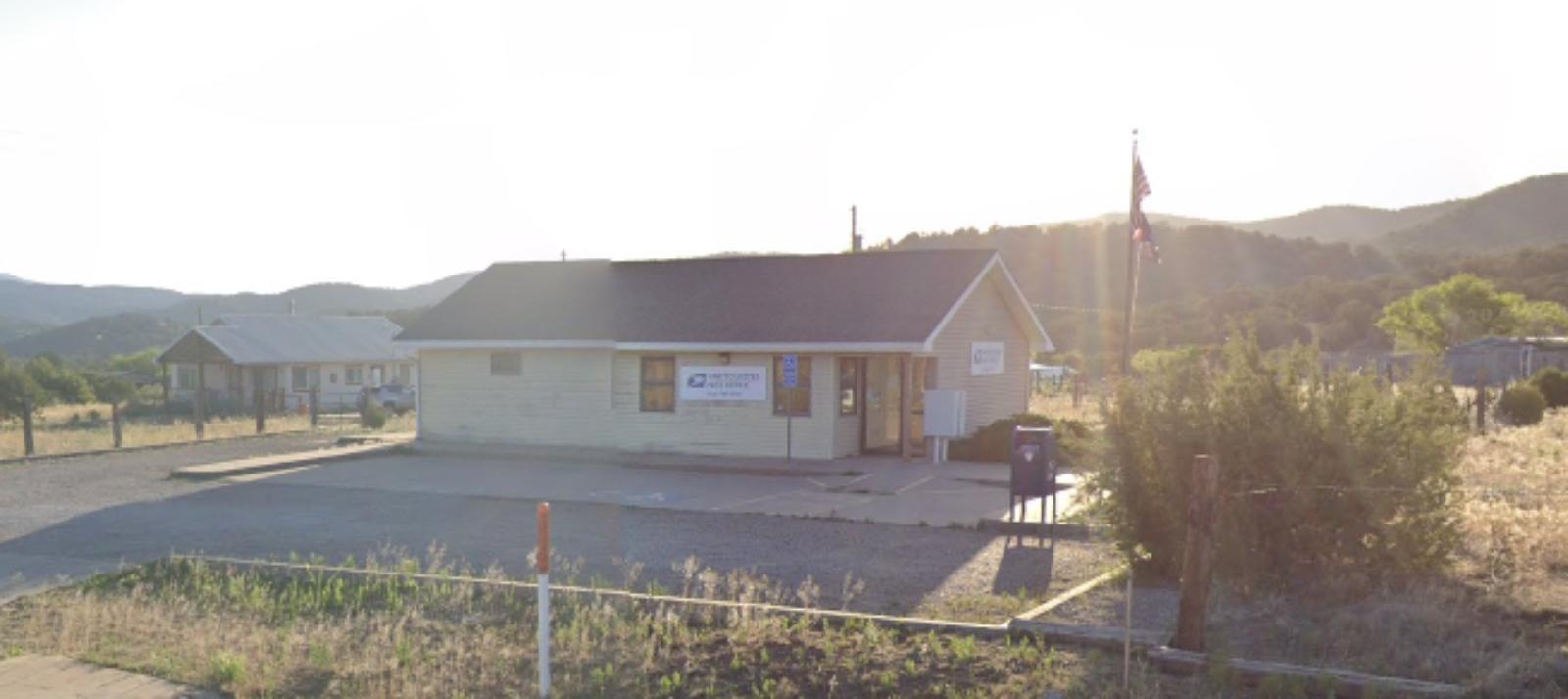
Why are people willing to pay so much to live here? What’s special about it?
Nogal attracts buyers seeking secluded mountain living in the Sierra Blanca region with access to outdoor recreation and cooler high-elevation climate. The small community offers privacy and natural beauty in a forested mountain setting that provides escape from desert environments. Properties typically feature larger lots with mountain views and forest access for hiking, hunting, and outdoor activities.
The area appeals to buyers seeking genuine mountain living with seasonal weather changes uncommon in much of New Mexico. Nogal provides solitude and natural settings while maintaining access to regional amenities and recreational opportunities in the Lincoln National Forest.
How Nogal Rose to Prominence
Nogal developed as a small mountain community in the Lincoln County area, taking its name from the Spanish word for “walnut,” reflecting the native trees found in the mountain canyons. The area remained sparsely populated for most of its history, with modest ranching and forestry activities supporting a few families.
Modern interest has grown as buyers discovered the area’s mountain setting and recreational opportunities, particularly for those seeking alternatives to more expensive mountain communities in Colorado or other southwestern states. Nogal’s combination of forest access, mountain views, and relative affordability has attracted buyers seeking authentic mountain living without resort town prices.
3 Interesting Tidbits
1. Walnut Trees – Nogal takes its name from the native walnut trees that grow in the mountain canyons, providing the Spanish word “nogal” for the community’s name.
2. Forest Access – The community provides direct access to the Lincoln National Forest for extensive outdoor recreation in one of New Mexico’s most pristine mountain areas.
3. Mountain Climate – Nogal’s high elevation provides four distinct seasons and cooler temperatures that create genuine alpine living conditions rare in New Mexico.
25. Pecos – 13% Home Price Increase Since 2022

- 2010: N/A
- 2011: N/A
- 2012: N/A
- 2013: N/A
- 2014: N/A
- 2015: N/A
- 2016: N/A
- 2017: N/A
- 2018: N/A
- 2019: N/A
- 2020: N/A
- 2021: N/A
- 2022: $330,770
- 2023: $320,189
- 2024: $369,903
- 2025: $373,214
Pecos shows 13% growth since 2022, reaching $373,214 by August 2025. The historic village experienced some decline in 2023 before recovering strongly in 2024 and continuing growth through 2025. With limited data available, Pecos appears to be a recently recognized premium market with strong recent momentum.
Why Pecos?
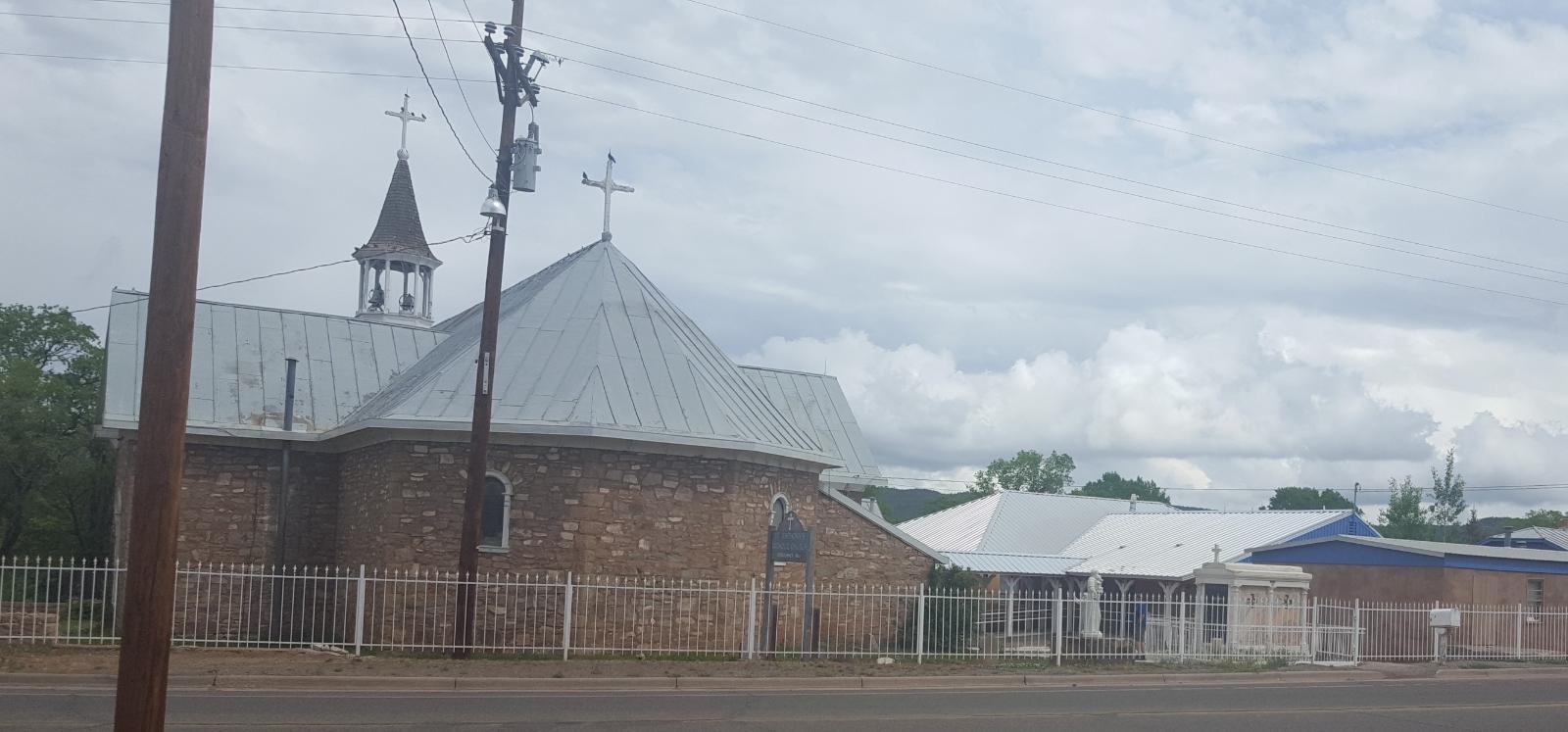
Why are people willing to pay so much to live here? What’s special about it?
Pecos attracts buyers seeking mountain living with deep historical significance near Pecos National Historical Park, offering high-elevation forest settings and four-season recreation. The village provides access to extensive hiking, fishing, and hunting opportunities in the Santa Fe National Forest while maintaining authentic southwestern character. Many properties feature mountain views and forest settings that offer genuine alpine living uncommon in much of New Mexico.
The community appeals to history enthusiasts and outdoor recreation seekers who value proximity to ancient Pueblo ruins and historic sites. Pecos offers mountain lifestyle benefits with reasonable access to Santa Fe while maintaining small-town atmosphere and cultural significance that spans over 700 years of continuous habitation.
How Pecos Rose to Prominence
Pecos has been continuously inhabited for over 700 years, first by Ancestral Puebloans and later by the Pecos Pueblo people who established one of the largest trading centers in the Southwest. Spanish colonists arrived in the 1600s, followed by Mexican and American settlers who established the modern village near the ancient pueblo ruins.
The area remained a small agricultural and ranching community through most of the 20th century, with modest growth supported by tourism to the national historical park and outdoor recreation in the surrounding mountains. Modern real estate interest has grown with increased recognition of the area’s unique combination of historical significance, mountain recreation access, and authentic southwestern culture.
3 Interesting Tidbits
1. Ancient Trading Hub – Pecos Pueblo was once the largest trading center between the Rio Grande pueblos and Plains Indian tribes, with ruins preserved in Pecos National Historical Park.
2. Civil War History – The Battle of Glorieta Pass in 1862, often called the “Gettysburg of the West,” was fought near Pecos and marked the Confederate high-water mark in New Mexico.
3. High Elevation – At 7,500 feet elevation, Pecos enjoys cooler temperatures and forest ecosystems that create a mountain environment distinct from most of New Mexico.
24. Algodones – 21% Home Price Increase Since 2020

- 2010: N/A
- 2011: N/A
- 2012: N/A
- 2013: N/A
- 2014: N/A
- 2015: N/A
- 2016: N/A
- 2017: N/A
- 2018: N/A
- 2019: N/A
- 2020: $312,919
- 2021: $353,893
- 2022: $389,047
- 2023: $375,291
- 2024: $378,572
- 2025: $378,980
Algodones shows 21% growth since 2020, reaching $378,980 by August 2025. The small community experienced steady appreciation through 2022, peaking at $389,047, before showing some moderation in recent years. Current values have stabilized around $379,000, suggesting market equilibrium in this rural area.
Why Algodones?
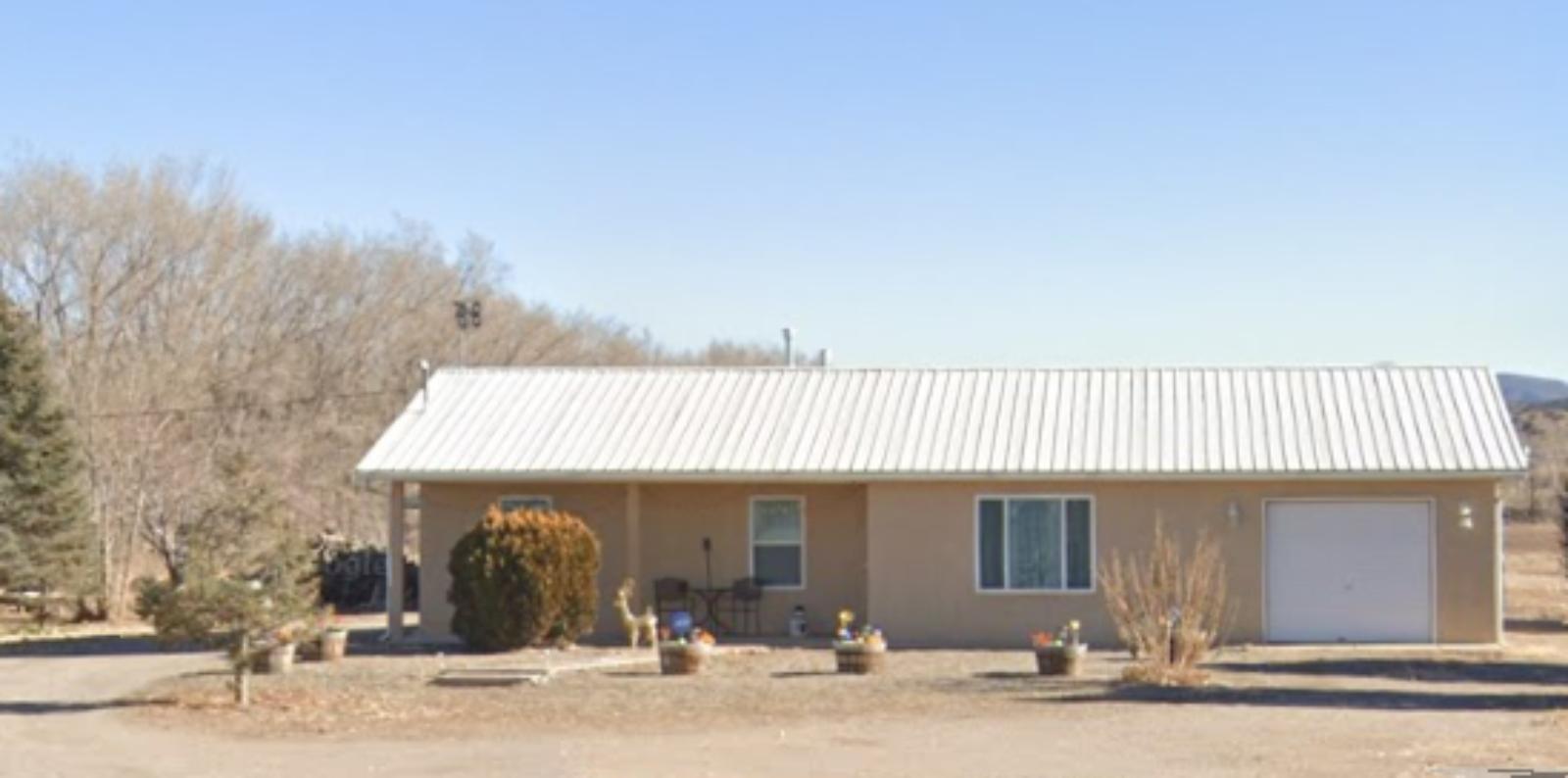
Why are people willing to pay so much to live here? What’s special about it?
Algodones offers rural living with horse properties and agricultural zoning along the Rio Grande, providing larger lots and country atmosphere between Albuquerque and Santa Fe. The unincorporated community maintains low density with many properties featuring acreage suitable for horses, farming, and outdoor recreation. Residents appreciate the peaceful rural setting while having convenient access to both major metropolitan areas.
The location along historic transportation corridors provides easy commuting to employment centers in either direction. Algodones appeals to buyers seeking space and rural lifestyle at more affordable prices than exclusive areas, particularly those interested in horse properties or small-scale agriculture.
How Algodones Rose to Prominence
Algodones was established in the early 1700s as a Spanish colonial settlement along the Rio Grande, taking its name from the cotton plants (algodón in Spanish) that grew along the river. The community developed as an agricultural center with families establishing farms and ranches that served regional markets.
The area remained primarily agricultural through the mid-20th century, maintaining its rural character as nearby areas experienced suburban development. Modern growth began when buyers discovered Algodones’ combination of rural atmosphere, larger lots, and convenient access to both Albuquerque and Santa Fe employment centers. The community has preserved its agricultural character while gradually attracting buyers seeking rural lifestyle properties.
3 Interesting Tidbits
1. Cotton Heritage – Algodones takes its name from the cotton plants that historically grew along the Rio Grande and provided a source of income for early settlers.
2. Dual Access – The community provides convenient access to both Albuquerque and Santa Fe metropolitan areas, making it attractive to commuters working in either city.
3. Agricultural Preservation – Many properties in Algodones still maintain active farming operations and traditional acequia irrigation systems established by Spanish colonists.
23. Edgewood – 94% Home Price Increase Since 2010

- 2010: $195,748
- 2011: $187,924
- 2012: $186,429
- 2013: $190,907
- 2014: $196,497
- 2015: $200,645
- 2016: $209,414
- 2017: $219,979
- 2018: $230,752
- 2019: $253,997
- 2020: $271,844
- 2021: $324,394
- 2022: $367,650
- 2023: $369,616
- 2024: $377,370
- 2025: $380,452
Edgewood has achieved 94% growth since 2010, reaching $380,452 by August 2025. The town showed gradual recovery from recession lows through 2020, then experienced significant acceleration during 2021-2022 when values jumped from $271,844 to $367,650. Growth has continued at a steady pace through 2025.
Why Edgewood?
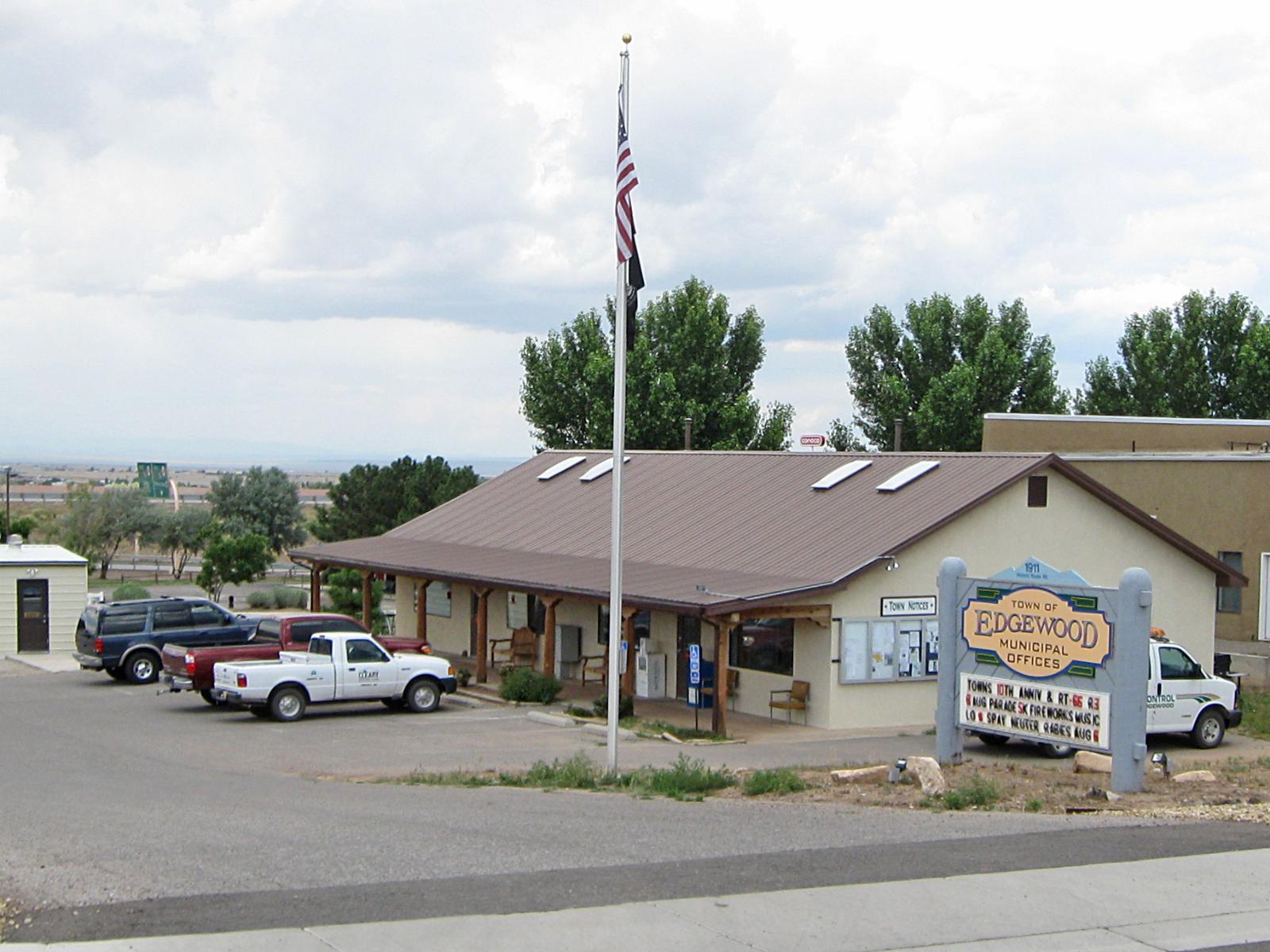
Why are people willing to pay so much to live here? What’s special about it?
Edgewood offers mountain living on the east side of the Sandia Mountains with access to both Albuquerque and Santa Fe via the scenic Turquoise Trail. The town provides cooler temperatures, forest settings, and larger lots while maintaining reasonable commuting distance to major employment centers. Many properties feature custom homes designed for the mountain environment with views of surrounding peaks and valleys.
Residents enjoy access to outdoor recreation in the Cibola National Forest and numerous hiking trails. Edgewood appeals to buyers seeking mountain lifestyle benefits and natural settings while maintaining access to urban employment and amenities without extreme commute times.
How Edgewood Rose to Prominence
Edgewood developed in the mid-20th century as a mountain community along State Route 14 (the Turquoise Trail), attracting residents seeking cooler mountain living while remaining accessible to Albuquerque employment. The area’s elevation and forest setting provided relief from desert heat and urban density.
Growth accelerated in the 1980s and 1990s as improved infrastructure made mountain commuting more practical and buyers discovered the area’s combination of natural beauty and reasonable access to metropolitan areas. Edgewood incorporated as a town to manage growth and preserve its mountain character while property values steadily increased with demand for mountain lifestyle properties.
3 Interesting Tidbits
1. Turquoise Trail – Edgewood sits along the historic Turquoise Trail National Scenic Byway, connecting Albuquerque to Santa Fe through historic mining country and artistic communities.
2. Mountain Climate – At 6,500 feet elevation, Edgewood enjoys cooler summers and occasional snow, providing four-season mountain living rare in much of New Mexico.
3. Wildlife Corridor – The town serves as a transition zone between desert and mountain ecosystems, supporting diverse wildlife and vegetation uncommon in surrounding areas.
22. Cerrillos – 62% Home Price Increase Since 2010

- 2010: $240,766
- 2011: $249,331
- 2012: $211,496
- 2013: $204,902
- 2014: $222,431
- 2015: $235,015
- 2016: $236,095
- 2017: $245,269
- 2018: $259,635
- 2019: $287,394
- 2020: $314,915
- 2021: $377,695
- 2022: $397,774
- 2023: $397,760
- 2024: $393,329
- 2025: $390,073
Cerrillos has gained 62% in value since 2010, reaching $390,073 by August 2025. The historic mining town recovered from significant lows in 2012-2013, then showed steady appreciation through 2022 when values peaked near $398,000. Recent years have shown some moderation, with values stabilizing in the $390,000-$395,000 range.
Why Cerrillos?
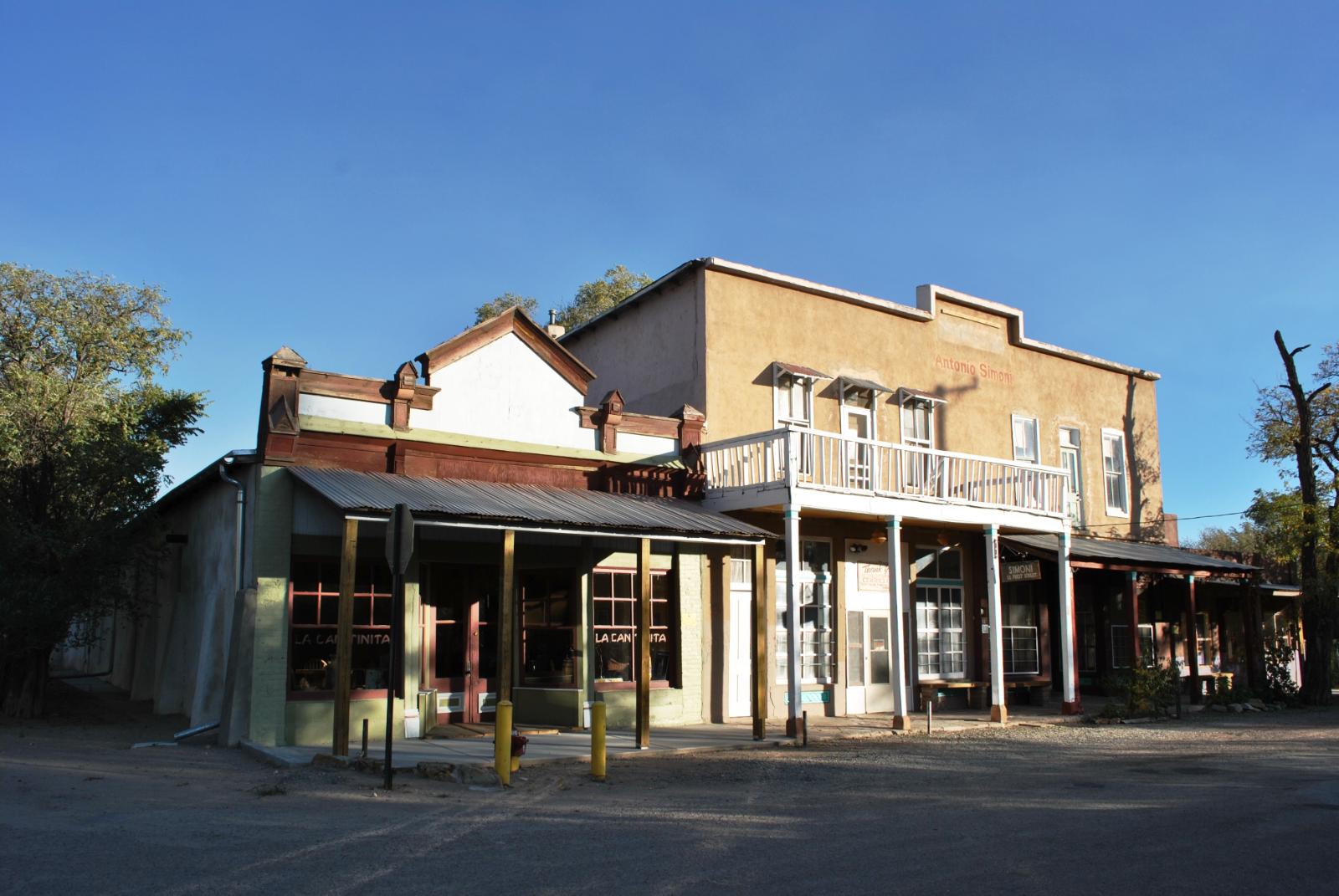
Why are people willing to pay so much to live here? What’s special about it?
Cerrillos attracts buyers seeking authentic southwestern history in a preserved mining town with original buildings and mining structures dating to the 1800s. The village offers unique character with historic architecture, turquoise mining heritage, and film location fame from numerous Western movies and television shows. Many properties feature historic homes or lots where buyers can build with historic district guidelines.
The location provides convenient access to Santa Fe while maintaining small-town atmosphere and mining town authenticity. Cerrillos appeals to history enthusiasts, artists, and buyers seeking unique properties with genuine southwestern character and stories that span over a century of mining and railroad history.
How Cerrillos Rose to Prominence
Cerrillos was founded in 1879 during the area’s mining boom, when discoveries of turquoise, gold, silver, and coal created a bustling community of over 2,500 residents. The town featured multiple saloons, hotels, and businesses serving miners and the Atchison, Topeka & Santa Fe Railway, which established a major coal mining operation.
The mining boom ended by the 1920s, leaving Cerrillos nearly abandoned until the mid-20th century when its authentic western appearance attracted Hollywood filmmakers. Movies including “Young Guns” and “Silverado” were filmed here, bringing recognition and new residents interested in the town’s preserved historic character. Modern buyers are drawn to the authentic mining town atmosphere and the opportunity to own property with genuine Old West heritage.
3 Interesting Tidbits
1. Turquoise Capital – Cerrillos was known as the “Turquoise Capital of the World” in the late 1800s, with mines producing high-quality stones prized by Native Americans and collectors.
2. Hollywood Fame – The town has served as a filming location for over 50 movies and television shows, making it one of New Mexico’s most filmed locations.
3. Coal Mining Legacy – The Madrid and Cerrillos coal mines supplied fuel for the Santa Fe Railway and regional smelters, with mining operations continuing into the 1950s.
21. Stanley – 27% Home Price Increase Since 2019

- 2010: N/A
- 2011: N/A
- 2012: N/A
- 2013: N/A
- 2014: N/A
- 2015: N/A
- 2016: N/A
- 2017: N/A
- 2018: N/A
- 2019: $316,368
- 2020: $338,776
- 2021: $407,942
- 2022: $438,355
- 2023: $430,923
- 2024: $420,071
- 2025: $402,006
Stanley shows 27% growth since 2019, though current values of $402,006 represent a decline from the 2022 peak of $438,355. The mountain community experienced rapid appreciation through 2022, followed by market correction that has brought values down but still above 2019-2020 levels. The recent trend suggests some market softening in this high-elevation area.
Why Stanley?
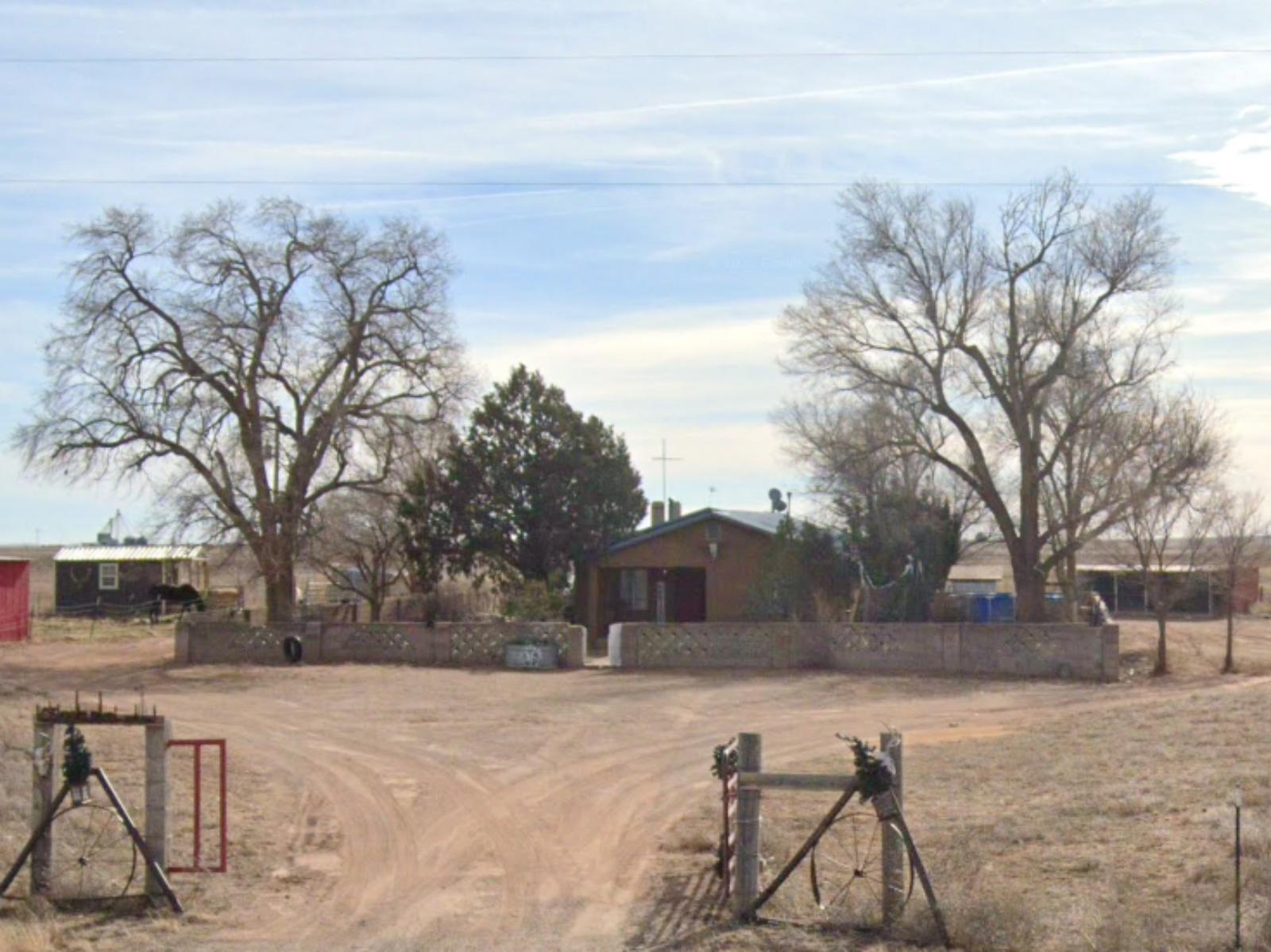
Why are people willing to pay so much to live here? What’s special about it?
Stanley attracts buyers seeking mountain living and four-season recreation in the Sangre de Cristo Mountains, offering cooler temperatures and forest settings at high elevation. The area provides extensive outdoor recreation opportunities including hiking, skiing, and hunting in the Santa Fe National Forest. Many properties feature mountain views, larger lots, and custom homes designed for the alpine environment.
The community appeals to outdoor enthusiasts and second-home owners seeking escape from desert climates and urban density. Stanley’s location provides reasonable access to Santa Fe while offering genuine mountain living with dramatic elevation changes and forest ecosystems uncommon in much of New Mexico.
How Stanley Rose to Prominence
Stanley developed as a mountain community in the mid-20th century along State Route 285 between Santa Fe and Las Vegas, New Mexico. The area attracted residents and visitors seeking cooler mountain climates and outdoor recreation opportunities in the Sangre de Cristo range.
Growth accelerated with improved road access and infrastructure that made mountain living more practical for year-round residents and second-home owners. Stanley became popular with Santa Fe area residents seeking weekend retreats and retirement properties, while the area’s natural beauty and recreational opportunities attracted buyers from other southwestern states seeking mountain escapes.
3 Interesting Tidbits
1. High Elevation – Stanley sits at approximately 6,200 feet elevation, providing cooler temperatures and occasional snow that create four distinct seasons.
2. Forest Access – The community provides direct access to the Santa Fe National Forest for extensive hiking, camping, and outdoor recreation opportunities.
3. Mountain Views – Many Stanley properties offer dramatic views of the Sangre de Cristo Mountains, including several peaks rising above 12,000 feet elevation.
20. Peralta – 94% Home Price Increase Since 2010

- 2010: $208,643
- 2011: $190,841
- 2012: $181,117
- 2013: $169,436
- 2014: $188,609
- 2015: $204,640
- 2016: $226,982
- 2017: $235,602
- 2018: $236,621
- 2019: $266,224
- 2020: $284,620
- 2021: $332,061
- 2022: $382,331
- 2023: $367,367
- 2024: $377,683
- 2025: $405,395
Peralta has achieved 94% growth since 2010, reaching $405,395 by August 2025. The village experienced significant decline through 2013, bottoming out at $169,436, before beginning steady recovery that accelerated after 2018. Values surged during 2021-2022, with some moderation in 2023 followed by renewed growth through 2025.
Why Peralta?
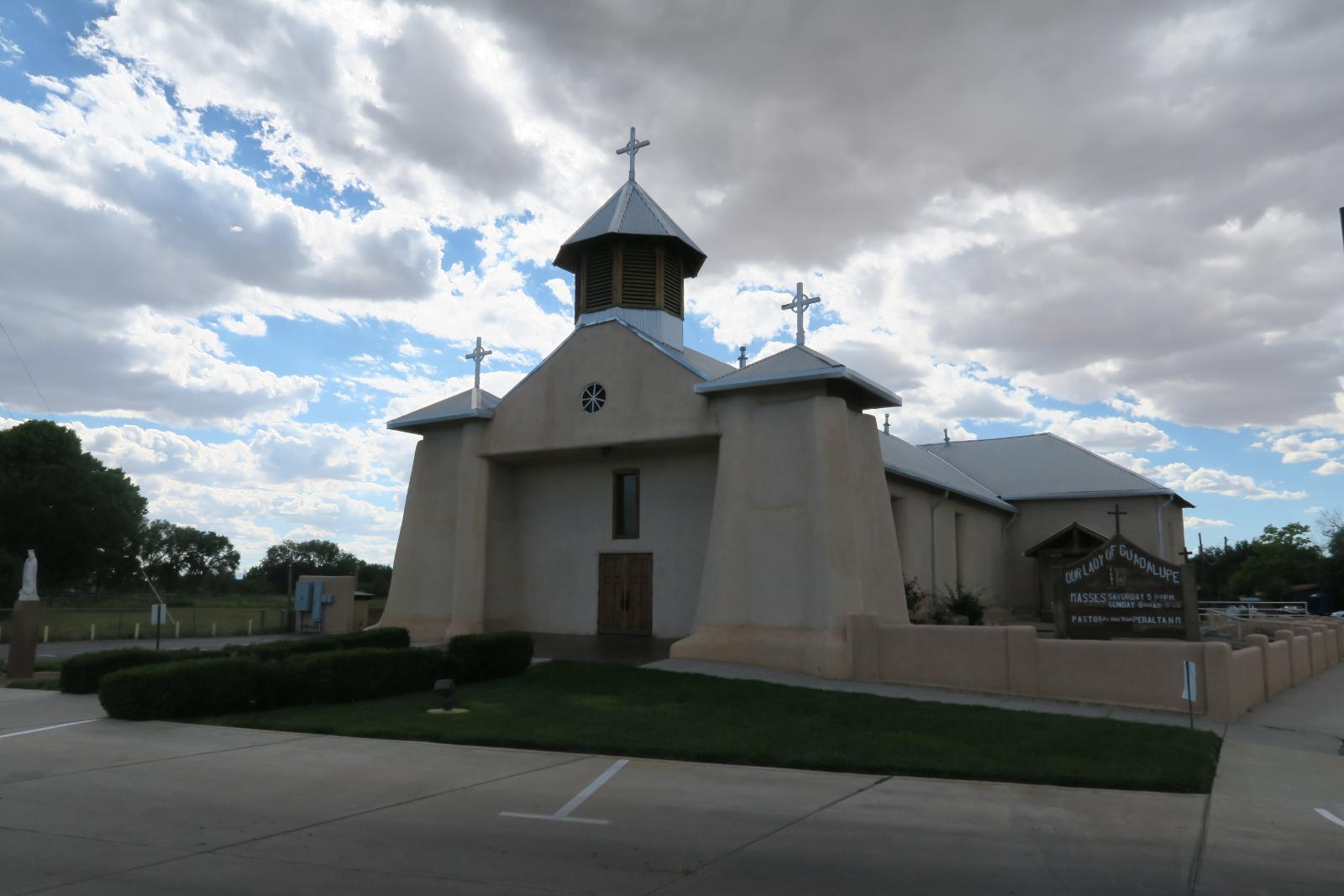
Why are people willing to pay so much to live here? What’s special about it?
Peralta offers affordable rural living with horse properties and agricultural zoning in Valencia County, providing larger lots and country lifestyle within commuting distance of Albuquerque. The village maintains low density with many properties featuring acreage suitable for horses, small farms, and outdoor recreation. Residents appreciate the peaceful rural atmosphere and strong sense of community while having access to urban amenities.
The location along historic transportation corridors provides convenient access to Albuquerque and other regional centers. Peralta appeals to buyers seeking value and space, particularly those interested in horse properties or small-scale agriculture at more accessible price points than exclusive rural communities.
How Peralta Rose to Prominence
Peralta was founded in the 1740s by Spanish colonist Pedro Sánchez de Peralta, making it one of New Mexico’s oldest continuously inhabited communities. The settlement developed as an agricultural center along the Rio Grande, with families establishing farms and ranches that supported the regional economy for centuries.
The area remained primarily agricultural through the mid-20th century, maintaining its rural character even as nearby areas experienced suburban development. Modern growth began in the 1980s and 1990s when buyers discovered Peralta’s combination of affordable land, rural atmosphere, and reasonable access to Albuquerque employment. The village’s incorporation helped preserve its agricultural character while property values gradually increased with demand for rural lifestyle properties.
3 Interesting Tidbits
1. Historic Settlement – Peralta is one of the oldest continuously inhabited communities in New Mexico, with some families tracing their roots back to the original 18th-century Spanish colonists.
2. Agricultural Tradition – The village maintains traditional farming practices and acequia irrigation systems that have sustained agriculture in the Rio Grande valley for centuries.
3. Transportation Heritage – Peralta sits along historic transportation routes including the old Camino Real trail and early railroad lines that connected New Mexico to national markets.
19. Bosque Farms – 136% Home Price Increase Since 2010

- 2010: $179,083
- 2011: $165,453
- 2012: $163,258
- 2013: $168,679
- 2014: $187,250
- 2015: $203,921
- 2016: $204,495
- 2017: $207,075
- 2018: $214,646
- 2019: $249,375
- 2020: $270,953
- 2021: $328,388
- 2022: $371,209
- 2023: $376,895
- 2024: $402,202
- 2025: $421,986
Bosque Farms has achieved remarkable 136% growth since 2010, reaching $421,986 by August 2025. The village recovered slowly from recession lows through 2018, then experienced accelerated growth from 2019 onward. The most dramatic appreciation occurred during 2021 when values jumped from $270,953 to $328,388, followed by continued steady gains.
Why Bosque Farms?
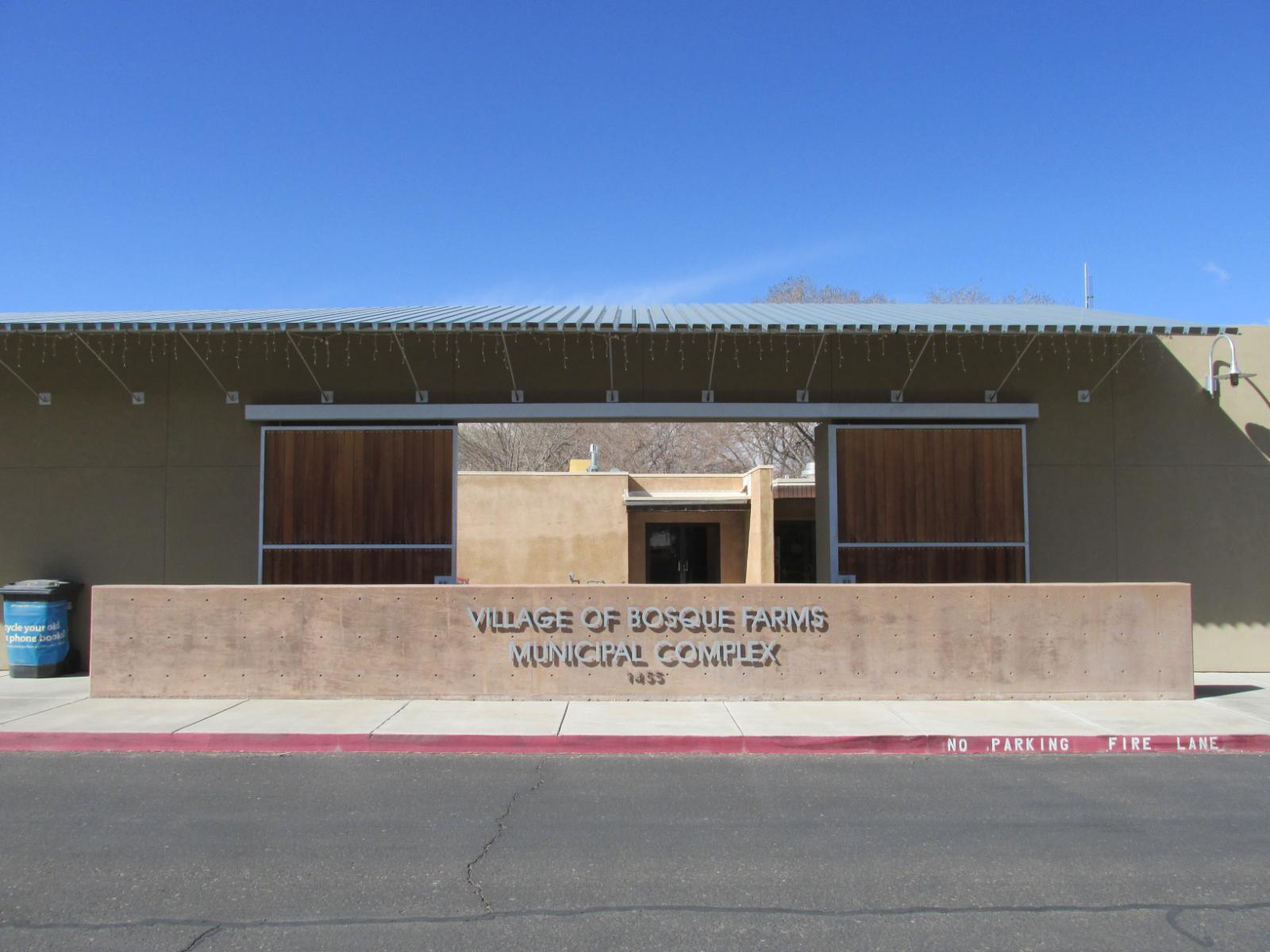
Why are people willing to pay so much to live here? What’s special about it?
Bosque Farms offers rural living with horse properties and agricultural zoning just 20 minutes south of Albuquerque, providing larger lots and country atmosphere at more affordable prices than exclusive areas. The village maintains low density with many properties featuring acreage suitable for horses, livestock, and farming. Residents appreciate the small-town community feel while having convenient access to Albuquerque’s employment centers and amenities.
The location along the Rio Grande provides access to the bosque (riverside forest) for outdoor recreation and wildlife viewing. Bosque Farms appeals to families and professionals seeking space and rural lifestyle benefits without completely sacrificing urban conveniences or significantly extending commute times.
How Bosque Farms Rose to Prominence
Bosque Farms was established in the early 1900s as an agricultural community along the Rio Grande, taking advantage of fertile valley soil and water rights for farming. The area remained primarily agricultural through the mid-20th century, with modest farm properties and rural residences.
Growth accelerated in the 1980s and 1990s as Albuquerque’s suburban expansion reached south along the Rio Grande corridor and improved transportation made rural commuting more practical. Bosque Farms became attractive for buyers seeking larger lots and horse properties while maintaining reasonable access to urban employment. The village incorporated to maintain local control over development and preserve its rural character as pressure for suburban development increased.
3 Interesting Tidbits
1. Agricultural Heritage – Many properties in Bosque Farms still maintain working farms, horse operations, and agricultural uses that reflect the area’s farming origins.
2. Rio Grande Access – The village provides direct access to the Rio Grande bosque for hiking, birdwatching, and outdoor recreation in a protected riparian environment.
3. Equestrian Community – Bosque Farms has a strong equestrian culture with numerous horse properties, boarding facilities, and riding trails throughout the area.
18. Ranchos de Taos – 65% Home Price Increase Since 2012

- 2010: N/A
- 2011: N/A
- 2012: $259,319
- 2013: $265,386
- 2014: $267,184
- 2015: $275,389
- 2016: $300,324
- 2017: $299,746
- 2018: $316,893
- 2019: $322,741
- 2020: $340,244
- 2021: $401,078
- 2022: $451,580
- 2023: $460,816
- 2024: $452,229
- 2025: $428,020
Ranchos de Taos has achieved 65% growth since 2012, though current values of $428,020 represent a decline from the 2023 peak of $460,816. The historic community showed steady appreciation through 2023, followed by market correction that has brought values down but still well above historical levels. Despite recent declines, long-term growth remains strong.
Why Ranchos de Taos?
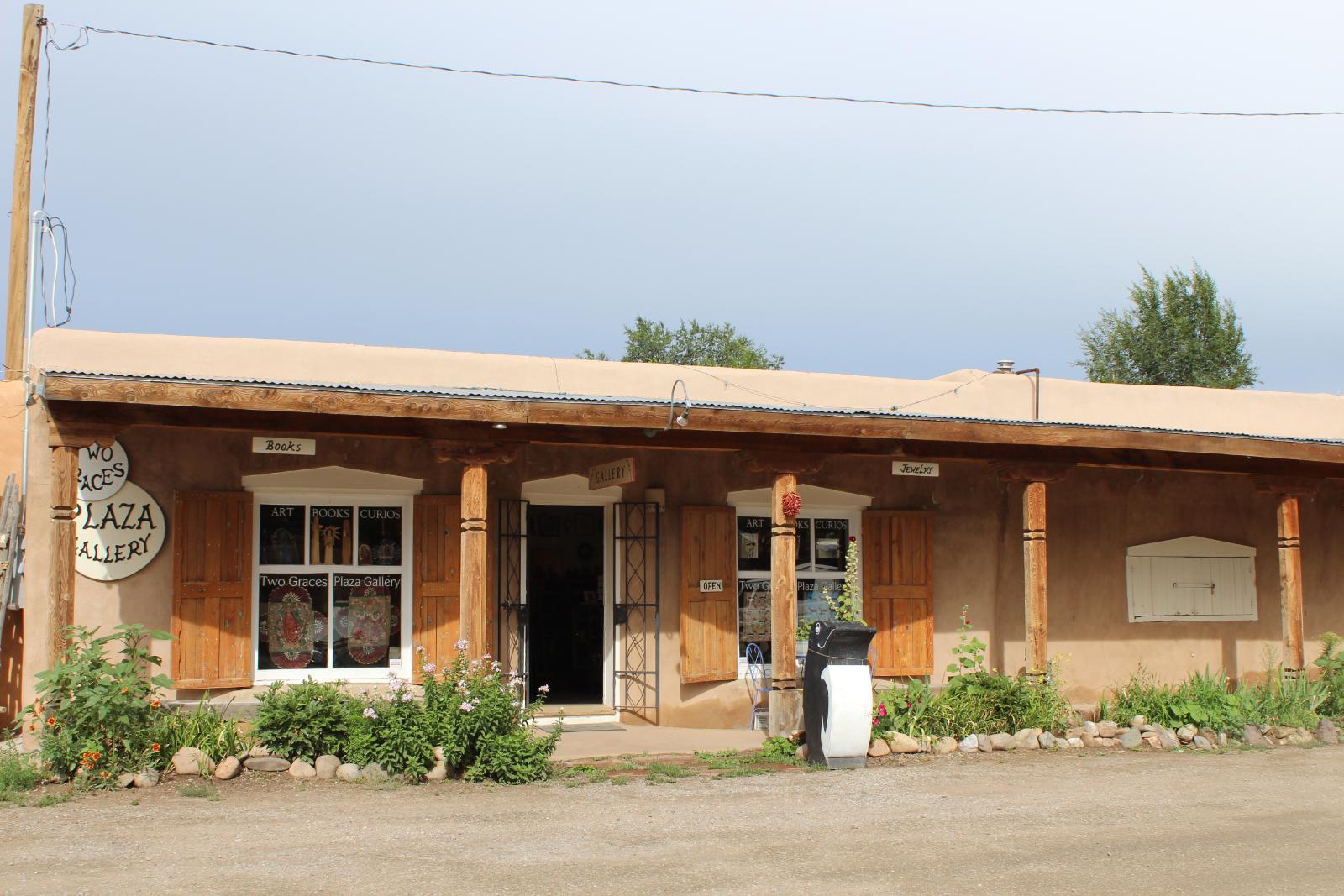
Why are people willing to pay so much to live here? What’s special about it?
Ranchos de Taos attracts buyers seeking authentic northern New Mexico culture centered around the famous San Francisco de Asis Mission Church, one of the most photographed churches in America. The historic community offers traditional adobe architecture, acequia irrigation systems, and deep Hispanic cultural roots that date back centuries. Many properties feature historic homes and agricultural land that preserve the area’s rural character.
The location provides convenient access to Taos’s art galleries, restaurants, and cultural attractions while maintaining a quieter, more traditional atmosphere. Buyers appreciate the authentic southwestern lifestyle and spiritual atmosphere that has inspired artists and writers for generations, making it popular with those seeking cultural depth and historical significance.
How Ranchos de Taos Rose to Prominence
Ranchos de Taos was established in the early 1700s as one of the first Spanish colonial settlements in the Taos valley, with families receiving land grants to establish farms and ranches along the fertile bottomland. The community developed around the San Francisco de Asis Mission, built between 1772 and 1816, which became the spiritual and social center of the settlement.
The area remained an agricultural community for centuries, with families maintaining traditional farming practices and adobe construction methods. Modern recognition came in the early 1900s when artists discovered the dramatic beauty of the mission church and surrounding landscape. Georgia O’Keeffe, Ansel Adams, and other renowned artists created famous works featuring the church, bringing international attention that eventually attracted buyers seeking authentic southwestern properties with deep cultural significance.
3 Interesting Tidbits
1. Famous Church – The San Francisco de Asis Mission Church is one of the most painted and photographed churches in the world, featured in works by Georgia O’Keeffe and Ansel Adams.
2. Traditional Agriculture – The community still maintains working farms and traditional acequia irrigation systems established by Spanish colonists over 300 years ago.
3. Adobe Construction – Many homes in Ranchos de Taos feature traditional adobe construction methods and materials that have been passed down through generations of local families.
17. Abiquiu – 51% Home Price Increase Since 2018

- 2010: N/A
- 2011: N/A
- 2012: N/A
- 2013: N/A
- 2014: N/A
- 2015: N/A
- 2016: N/A
- 2017: N/A
- 2018: $284,550
- 2019: $298,172
- 2020: $329,247
- 2021: $406,816
- 2022: $442,614
- 2023: $425,469
- 2024: $418,452
- 2025: $430,171
Abiquiu has achieved 51% growth since 2018, reaching $430,171 by August 2025. The historic village showed steady appreciation through 2022, peaking at $442,614, before experiencing some correction in 2023-2024. Values have recovered somewhat in 2025, suggesting stabilization around current levels.
Why Abiquiu?
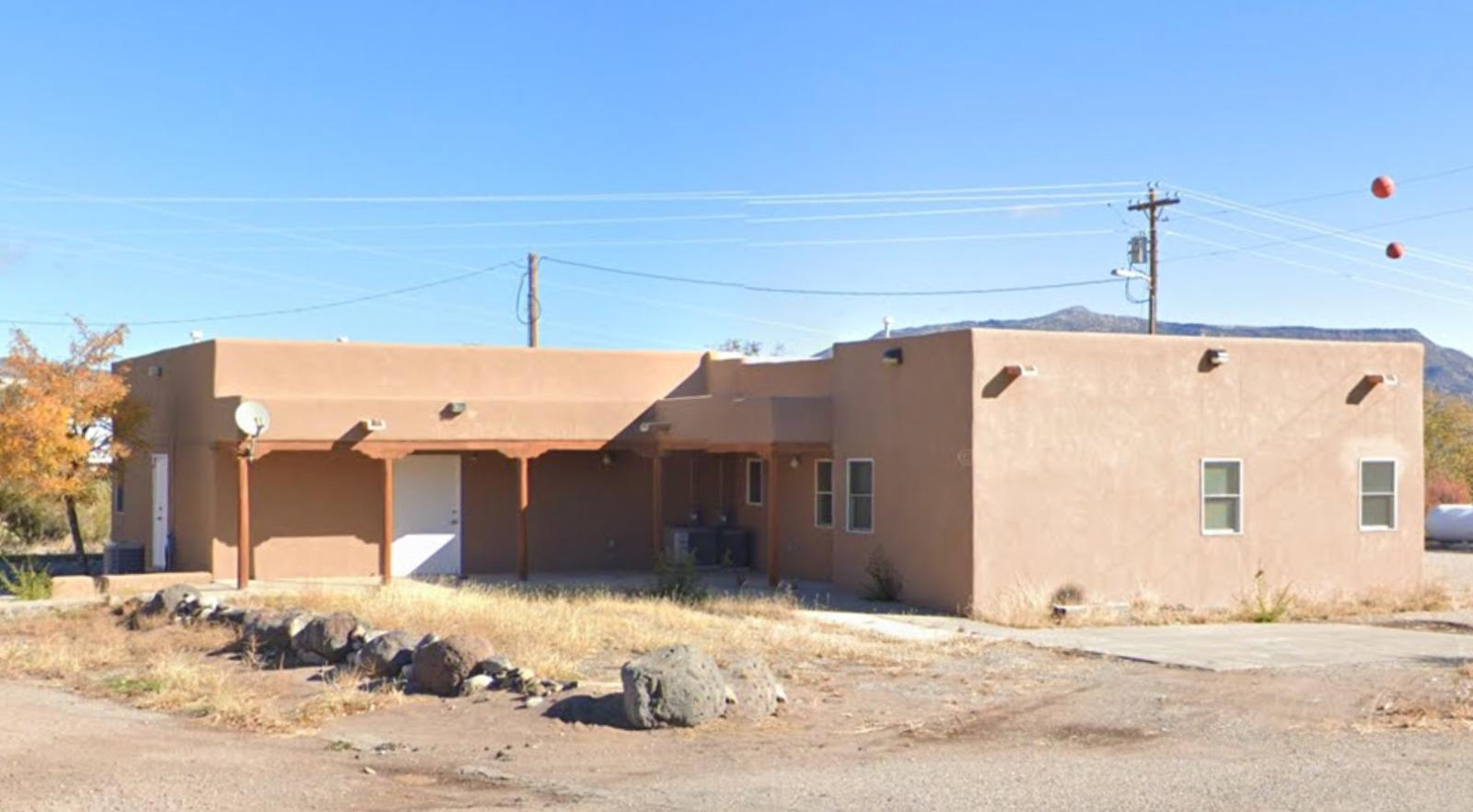
Why are people willing to pay so much to live here? What’s special about it?
Abiquiu attracts buyers seeking authentic northern New Mexico culture and dramatic high-desert landscapes that inspired artist Georgia O’Keeffe, who lived and painted here for decades. The area offers spectacular red rock formations, mesas, and colorful badlands that create some of the Southwest’s most photographed scenery. Many properties feature traditional adobe architecture and expansive views of the surrounding wilderness areas.
The community appeals to artists, retirees, and second-home owners drawn to the area’s spiritual atmosphere and natural beauty. Abiquiu provides isolation and tranquility while remaining accessible to Santa Fe’s cultural attractions and amenities within an hour’s drive.
How Abiquiu Rose to Prominence
Abiquiu was founded around 1734 as a Spanish colonial settlement and genízaro community, where Hispanicized Native Americans and mixed-heritage residents established farms and ranches along the Chama River. The name comes from the Tewa word “abiquiu,” meaning “chokecherry place.”
The modern transformation began in 1929 when Georgia O’Keeffe first visited the area and was captivated by its dramatic landscapes and unique light. She purchased property in nearby Ghost Ranch in 1940 and spent summers painting the red cliffs, mesas, and desert formations that became her most famous works. O’Keeffe’s association with Abiquiu brought international attention to the area, attracting artists, writers, and collectors who drove up property values and established the area’s reputation as a cultural destination.
3 Interesting Tidbits
1. Georgia O’Keeffe’s Home – The artist’s former residence in Abiquiu is now a museum operated by the Georgia O’Keeffe Foundation, requiring advance reservations to visit.
2. Ghost Ranch – The nearby Ghost Ranch, where O’Keeffe painted many of her famous works, is now an education and retreat center operated by the Presbyterian Church.
3. Genízaro Heritage – Abiquiu was established as one of the first genízaro communities, where Hispanicized Native Americans created a unique cultural blend that influences the area today.
16. Red River – 0% Home Price Increase Since 2024

- 2010: N/A
- 2011: N/A
- 2012: N/A
- 2013: N/A
- 2014: N/A
- 2015: N/A
- 2016: N/A
- 2017: N/A
- 2018: N/A
- 2019: N/A
- 2020: N/A
- 2021: N/A
- 2022: N/A
- 2023: N/A
- 2024: $432,217
- 2025: $430,349
Red River shows essentially flat growth from 2024 to 2025, with values declining slightly from $432,217 to $430,349. With data available only from 2024, this mountain ski town appears to have recently entered the premium market rankings, though current trends suggest some market softening.
Why Red River?
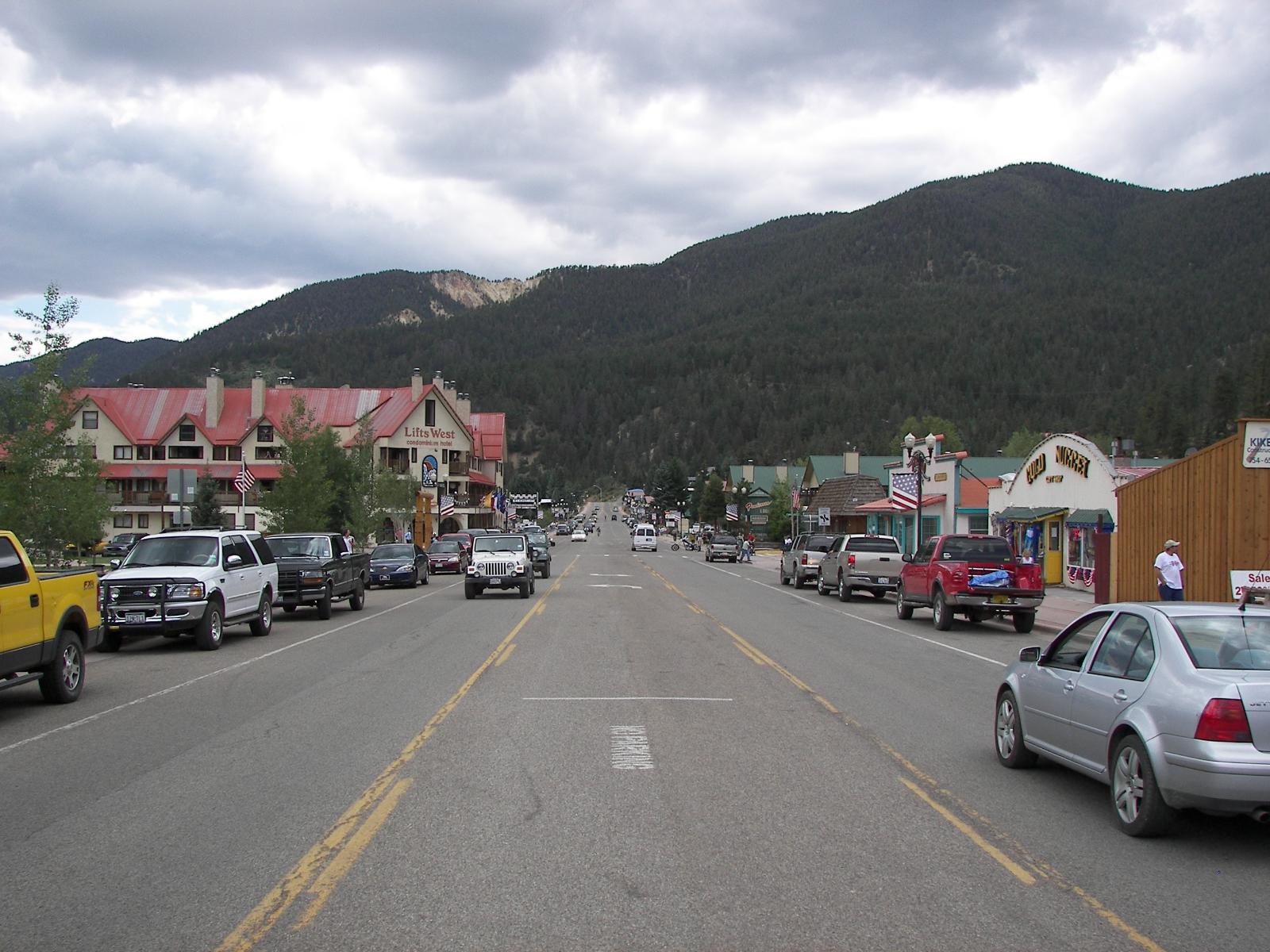
Why are people willing to pay so much to live here? What’s special about it?
Red River attracts buyers seeking a authentic mountain town experience with world-class skiing and year-round outdoor recreation in the Sangre de Cristo Mountains. The town maintains a family-friendly atmosphere with a compact, walkable downtown area featuring shops, restaurants, and entertainment. Many properties offer ski-in/ski-out access or short walks to lifts, making them highly desirable for both residents and vacation rental investors.
The community provides a more intimate and affordable alternative to larger ski resorts while offering excellent powder skiing and summer activities including hiking, fishing, and mountain biking. Red River appeals to families and outdoor enthusiasts seeking a genuine mountain town lifestyle without the pretensions of more exclusive resort destinations.
How Red River Rose to Prominence
Red River was founded in 1870 as a mining camp during the area’s gold and silver boom, taking its name from the reddish minerals that colored the local stream. The town survived the boom-and-bust mining cycles through the early 1900s, maintaining a small population of miners and their families.
The transformation to a ski destination began in the 1960s when Red River Ski Area opened, taking advantage of the town’s high elevation and reliable snowfall in the Sangre de Cristo Mountains. The ski area’s growth brought visitors who eventually became property owners, while the town’s authentic western character and family-friendly atmosphere differentiated it from larger, more commercialized resorts. Recent development has focused on vacation rentals and second homes for families seeking affordable mountain recreation.
3 Interesting Tidbits
1. Mining Heritage – Red River maintains several historic mining structures and offers tours of old mines, preserving its 19th-century mining camp origins.
2. High Elevation – At 8,750 feet, Red River is one of the highest incorporated towns in New Mexico, ensuring reliable snow for skiing and cool summer temperatures.
3. Fourth of July Celebration – Red River hosts one of New Mexico’s largest Fourth of July celebrations, featuring a parade, fireworks, and festivities that draw visitors from across the Southwest.
15. Tijeras – 88% Home Price Increase Since 2010

- 2010: $230,874
- 2011: $221,321
- 2012: $213,415
- 2013: $220,702
- 2014: $219,003
- 2015: $226,357
- 2016: $231,974
- 2017: $243,985
- 2018: $254,030
- 2019: $273,886
- 2020: $295,739
- 2021: $355,300
- 2022: $406,246
- 2023: $407,086
- 2024: $423,602
- 2025: $433,417
Tijeras has gained 88% in value since 2010, reaching $433,417 by August 2025. The village recovered slowly from recession lows through 2020, then experienced significant acceleration during 2021-2022 when values jumped from $295,739 to $406,246. Growth has continued at a measured pace through 2025.
Why Tijeras?
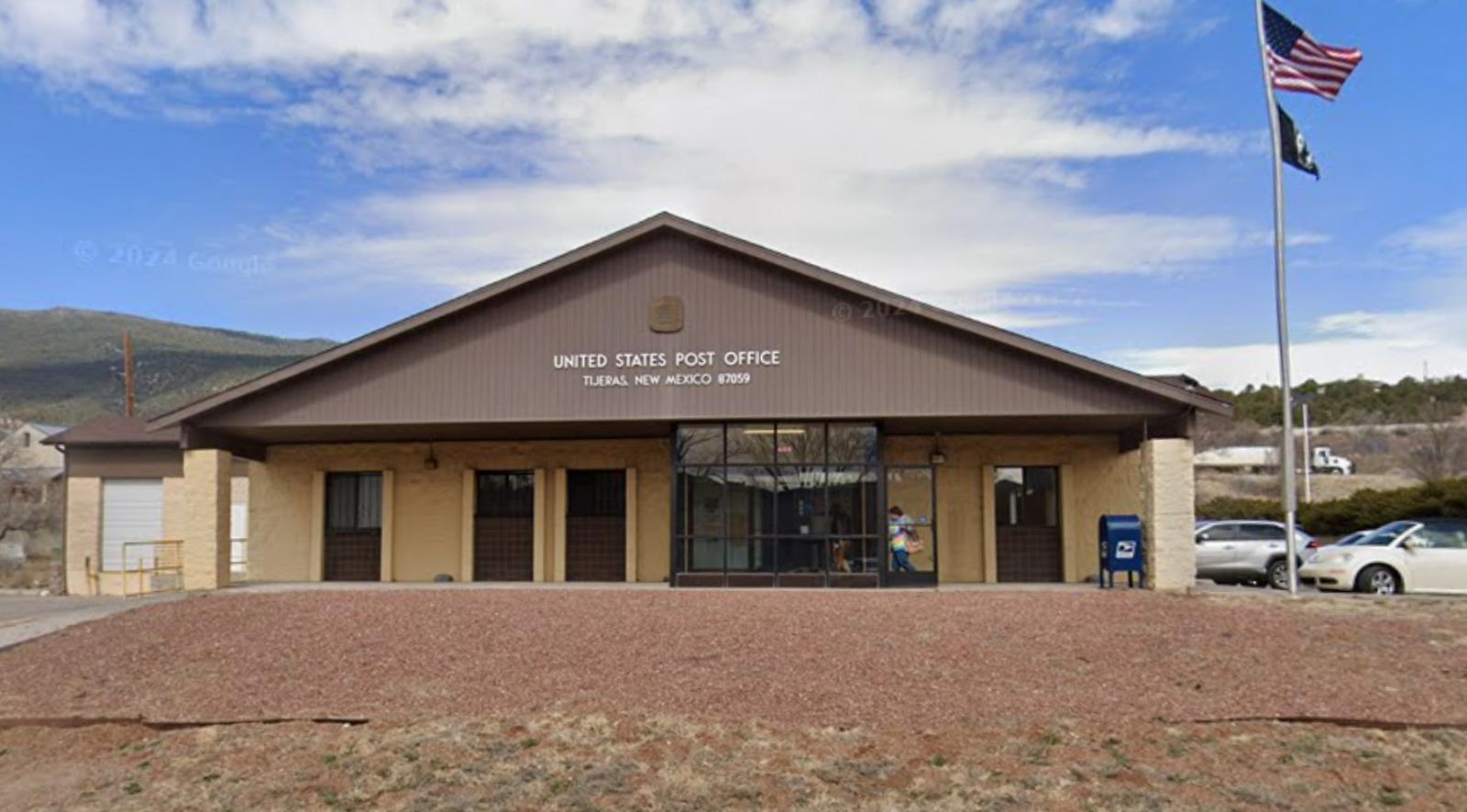
Why are people willing to pay so much to live here? What’s special about it?
Tijeras offers foothills living with convenient access to both Albuquerque and Santa Fe via Interstate 40, providing larger lots and mountain views at more affordable prices than exclusive mountain communities. The village attracts buyers seeking semi-rural lifestyle with reasonable commuting distance to major employment centers. Many properties feature custom homes on acreage with views of the Sandia and Manzano mountains.
The location provides access to outdoor recreation in the Cibola National Forest while maintaining reasonable access to urban amenities. Tijeras appeals to families and professionals who want space and natural settings without completely sacrificing convenience to metropolitan areas.
How Tijeras Rose to Prominence
Tijeras takes its name from the Spanish word for “scissors,” referring to the canyon where the village sits between the Sandia and Manzano mountain ranges. The area served as a transportation corridor for centuries, first for Native American trade routes, then Spanish colonial travel, and later for modern highways.
The modern community developed in the mid-20th century as suburban growth from Albuquerque reached the foothills areas. Tijeras became attractive for residents seeking larger lots and mountain proximity while maintaining access to urban employment via Interstate 40. Growth accelerated with the development of custom home subdivisions that capitalized on the area’s mountain views and outdoor recreation access.
3 Interesting Tidbits
1. Geographic Divide – Tijeras sits in Tijeras Canyon, the natural pass between the Sandia and Manzano mountain ranges that has served as a transportation corridor for over 400 years.
2. Historic Route – The village lies along the historic Camino Real trade route that connected Mexico City to Santa Fe during the Spanish colonial period.
3. Mountain Access – Tijeras provides direct access to both the Sandia Mountain Wilderness and Manzano Mountain Wilderness areas for hiking and camping.
14. Taos – 62% Home Price Increase Since 2012

- 2010: N/A
- 2011: N/A
- 2012: $277,492
- 2013: $305,599
- 2014: $305,319
- 2015: $314,978
- 2016: $343,649
- 2017: $363,309
- 2018: $369,670
- 2019: $381,493
- 2020: $406,671
- 2021: $478,297
- 2022: $544,402
- 2023: $537,058
- 2024: $489,952
- 2025: $449,277
Taos has achieved 62% growth since 2012, though current values of $449,277 represent a decline from the 2022 peak of $544,402. The historic art town showed steady appreciation through 2022, followed by market correction that has brought values back toward 2020-2021 levels. Despite recent declines, values remain well above historical norms.
Why Taos?
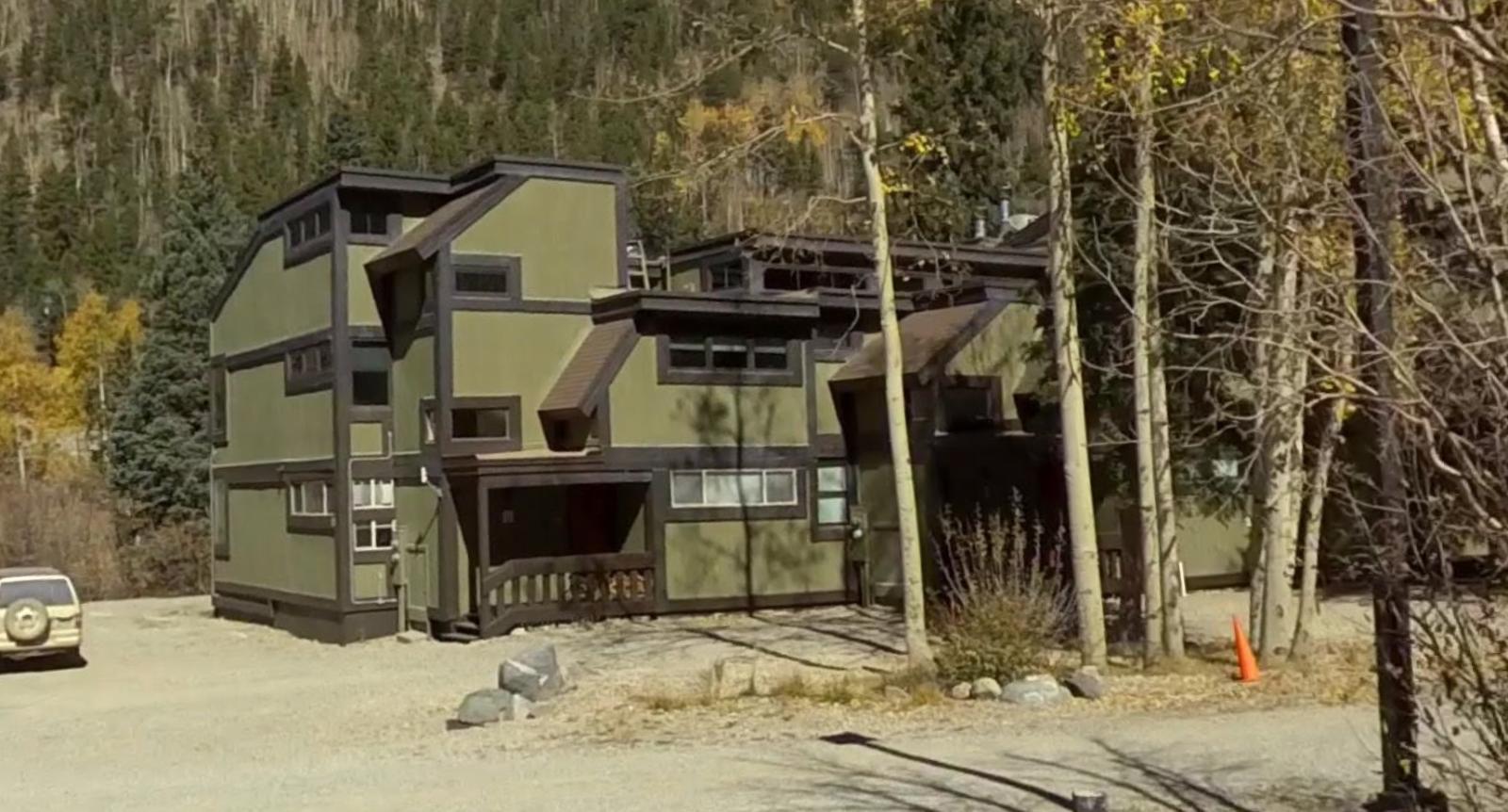
Why are people willing to pay so much to live here? What’s special about it?
Taos attracts buyers with its rich artistic heritage, distinctive southwestern culture, and stunning high-desert mountain setting in the Sangre de Cristo range. The town offers world-renowned art galleries, authentic Native American and Hispanic cultures, and outdoor recreation opportunities that have inspired artists and writers for over a century. Many residents are creative professionals, retirees, and second-home owners drawn to the unique cultural atmosphere.
The community provides small-town charm with sophisticated amenities, including fine dining, cultural events, and access to Taos Ski Valley for winter recreation. Taos appeals to buyers seeking authentic southwestern living with cultural depth that extends far beyond typical resort destinations.
How Taos Rose to Prominence
Taos has been continuously inhabited for over 1,000 years, first by Ancestral Puebloans and later by the Taos Pueblo people who still maintain their ancient community. Spanish colonists arrived in 1615, followed by American traders and settlers after 1848 when New Mexico became part of the United States.
The modern transformation began in 1898 when artists Bert Phillips and Ernest Blumenschein discovered Taos and established it as an art colony. The Taos Society of Artists attracted painters from across America who were captivated by the dramatic landscapes, unique light, and indigenous cultures. This artistic heritage continues to drive tourism and attract affluent buyers seeking second homes and retirement properties in one of America’s most culturally significant small towns.
3 Interesting Tidbits
1. Ancient Pueblo – Taos Pueblo has been continuously inhabited for over 1,000 years and is designated as both a UNESCO World Heritage Site and National Historic Landmark.
2. Art Colony Heritage – Taos has been home to famous artists including Georgia O’Keeffe, Ansel Adams, and D.H. Lawrence, establishing it as one of America’s premier art destinations.
3. High Desert Setting – At 7,000 feet elevation, Taos sits on a high plateau with dramatic views of the Sangre de Cristo Mountains rising to over 13,000 feet.
13. Cedar Crest – 89% Home Price Increase Since 2010

- 2010: $242,152
- 2011: $232,546
- 2012: $227,065
- 2013: $234,266
- 2014: $236,971
- 2015: $243,249
- 2016: $248,800
- 2017: $259,525
- 2018: $270,765
- 2019: $293,130
- 2020: $313,646
- 2021: $370,307
- 2022: $424,919
- 2023: $429,462
- 2024: $446,167
- 2025: $457,379
Cedar Crest has gained 89% in value since 2010, reaching $457,379 by August 2025. The mountain community recovered gradually from recession lows through 2020, then experienced significant acceleration during 2021-2022 when values jumped from $313,646 to $424,919. Growth has continued steadily through 2025.
Why Cedar Crest?

Why are people willing to pay so much to live here? What’s special about it?
Cedar Crest provides mountain living on the east side of the Sandia Mountains with easy access to Albuquerque via the scenic Turquoise Trail. The community offers larger lots, forested settings, and cooler temperatures while maintaining reasonable commuting distance to the metropolitan area. Many properties feature custom homes designed for the mountain environment with views of the surrounding peaks and valleys.
Residents enjoy extensive outdoor recreation opportunities including hiking, camping, and winter activities in the Cibola National Forest. The area attracts buyers seeking escape from urban density while maintaining access to employment and amenities in Albuquerque and Santa Fe.
How Cedar Crest Rose to Prominence
Cedar Crest developed as a mountain community in the mid-20th century along the historic Turquoise Trail (State Route 14), which connected Albuquerque to the mining towns of the Sandia and Ortiz mountains. The area attracted residents seeking cooler mountain living while remaining accessible to urban employment.
Growth accelerated in the 1980s and 1990s as improved roads and infrastructure made mountain living more practical for daily commuters. Cedar Crest became popular with professionals and retirees who valued the natural setting and outdoor recreation opportunities. Recent growth has been driven by increased demand for properties offering space and mountain lifestyle benefits.
3 Interesting Tidbits
1. Turquoise Trail – Cedar Crest sits along the scenic Turquoise Trail National Scenic Byway, connecting Albuquerque to Santa Fe through historic mining country.
2. National Forest Access – The community provides direct access to the Cibola National Forest for hiking, camping, and outdoor recreation.
3. Elevation Benefits – At 6,800 feet elevation, Cedar Crest enjoys cooler temperatures and occasional snow, offering four-season mountain living.
12. El Prado – 80% Home Price Increase Since 2012

- 2010: N/A
- 2011: N/A
- 2012: $283,174
- 2013: $283,605
- 2014: $289,462
- 2015: $308,064
- 2016: $336,637
- 2017: $344,977
- 2018: $368,157
- 2019: $377,740
- 2020: $405,874
- 2021: $478,465
- 2022: $539,678
- 2023: $564,199
- 2024: $536,026
- 2025: $510,546
El Prado has gained 80% in value since 2012, reaching $510,546 by August 2025. The community showed steady appreciation through 2023, peaking at $564,199, before experiencing some moderation in recent years. Despite the recent decline, values remain well above historical levels reflecting the area’s continued appeal.
Why El Prado?
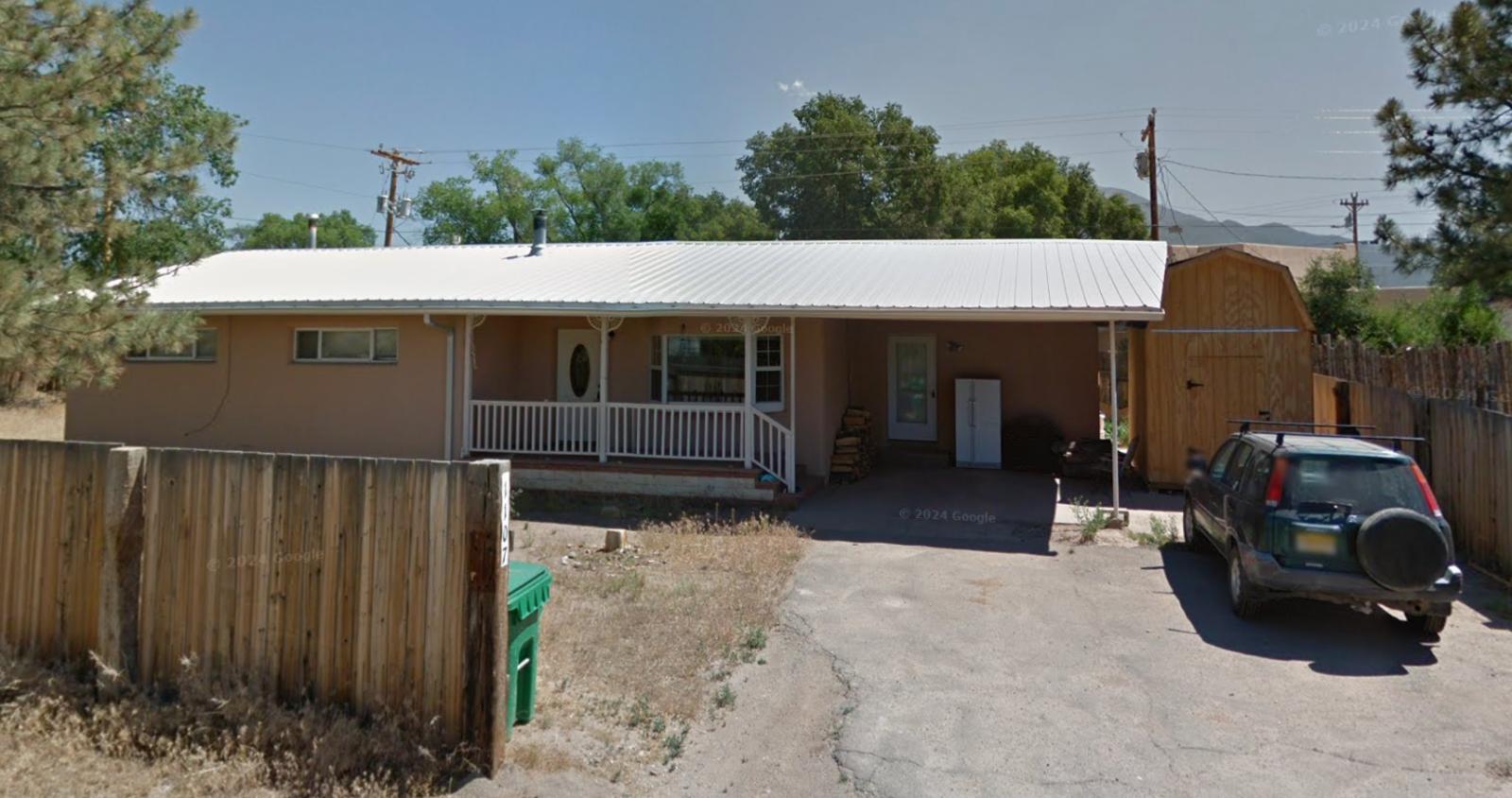
Why are people willing to pay so much to live here? What’s special about it?
El Prado offers authentic northern New Mexico living with historic adobe architecture and traditional Hispanic culture, located adjacent to Taos with convenient access to the town’s art galleries, restaurants, and cultural attractions. The unincorporated community maintains lower density and more affordable options than Taos proper while providing the same high-desert mountain setting. Many properties feature traditional southwestern architecture and larger lots with mountain views.
Buyers are attracted to El Prado’s combination of cultural authenticity and natural beauty, with easy access to outdoor recreation in the Sangre de Cristo Mountains and Carson National Forest. The community appeals to artists, retirees, and second-home owners seeking the Taos lifestyle at more accessible price points.
How El Prado Rose to Prominence
El Prado developed as an agricultural community in the late 1800s, with Hispanic settlers establishing farms and ranches along the Rio Grande valley north of Taos. The name “El Prado” means “the meadow” in Spanish, reflecting the area’s pastoral character and irrigation-fed farmland.
The modern transformation began in the 1960s when the Taos art movement and counterculture attracted new residents seeking affordable alternatives to increasingly expensive Taos properties. El Prado offered larger lots and lower prices while maintaining the same mountain setting and cultural atmosphere. Growth accelerated with the development of subdivisions and custom homes that preserved the area’s rural character.
3 Interesting Tidbits
1. Historic Acequias – El Prado maintains traditional Spanish irrigation ditches (acequias) that continue to provide water for agriculture and landscaping.
2. Taos Airport – The community is home to Taos Regional Airport, providing private aviation access to the greater Taos area.
3. Rio Grande Access – El Prado offers direct access to the Rio Grande Gorge for world-class trout fishing and whitewater rafting.
11. Angel Fire – 122% Home Price Increase Since 2010

- 2010: $234,583
- 2011: $221,737
- 2012: $232,375
- 2013: $246,914
- 2014: $249,318
- 2015: $262,609
- 2016: $256,706
- 2017: $263,003
- 2018: $276,940
- 2019: $293,018
- 2020: $306,660
- 2021: $392,251
- 2022: $493,603
- 2023: $477,631
- 2024: $498,801
- 2025: $521,536
Angel Fire has more than doubled in value since 2010, achieving remarkable 122% growth to reach $521,536 by August 2025. The resort community showed gradual appreciation through 2020, then experienced explosive growth during 2021-2022 when values surged from $306,660 to $493,603. After some moderation in 2023, values have resumed upward momentum.
Why Angel Fire?
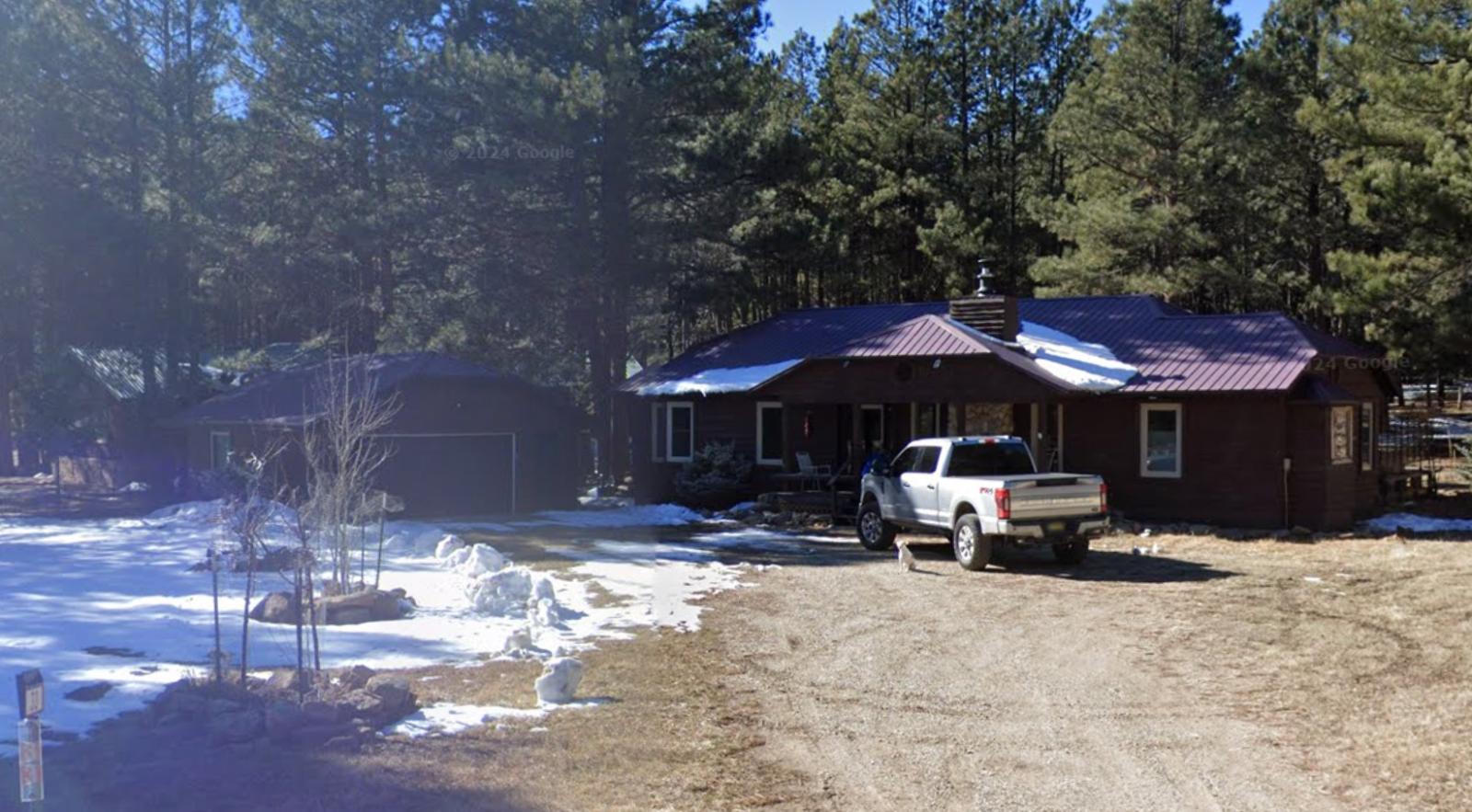
Why are people willing to pay so much to live here? What’s special about it?
Angel Fire attracts buyers seeking a four-season mountain resort lifestyle with world-class skiing, golf, and outdoor recreation opportunities. The resort community offers amenities typically found in Colorado ski towns, including slope-side properties, championship golf courses, and luxury vacation rentals. Many buyers are affluent second-home owners from Texas and other southwestern states seeking cool mountain retreats.
The area provides year-round recreation with skiing in winter, golf and hiking in summer, and stunning fall colors in the Sangre de Cristo Mountains. Angel Fire’s reputation as a family-friendly resort destination supports strong vacation rental markets, making properties attractive to both personal use and investment buyers.
How Angel Fire Rose to Prominence
Angel Fire was developed in the 1960s as a planned resort community, with developers recognizing the area’s potential for skiing and summer recreation in the Sangre de Cristo Mountains. The resort opened ski operations in 1966 and gradually added golf courses, lodging, and residential developments.
Growth accelerated in the 1980s and 1990s as Angel Fire gained recognition as a premier four-season resort destination. The community attracted investment from developers who built luxury homes, condominiums, and resort amenities that elevated its profile beyond a local ski area. Recent years have seen increased demand from buyers seeking alternatives to more expensive Colorado resort towns.
3 Interesting Tidbits
1. Vietnam Memorial – Angel Fire is home to the Vietnam Veterans National Memorial, the first national memorial dedicated to Vietnam War veterans.
2. High Altitude Golf – Angel Fire Country Club sits at 8,500 feet elevation, making it one of the highest championship golf courses in North America.
3. Winter Sports Variety – Beyond skiing, Angel Fire offers snow tubing, cross-country skiing, and snowshoeing, making it a diverse winter recreation destination.
10. Sandia Park – 82% Home Price Increase Since 2010

- 2010: $293,000
- 2011: $280,487
- 2012: $270,507
- 2013: $278,796
- 2014: $283,850
- 2015: $290,249
- 2016: $293,936
- 2017: $306,383
- 2018: $315,657
- 2019: $344,238
- 2020: $370,251
- 2021: $445,435
- 2022: $503,879
- 2023: $504,223
- 2024: $518,577
- 2025: $533,288
Sandia Park has gained 82% in value since 2010, reaching $533,288 by August 2025. The community recovered slowly from recession lows through 2018, then showed accelerated growth from 2019 onward. The most dramatic appreciation occurred during 2021-2022 when values surged from $370,251 to $503,879.
Why Sandia Park?
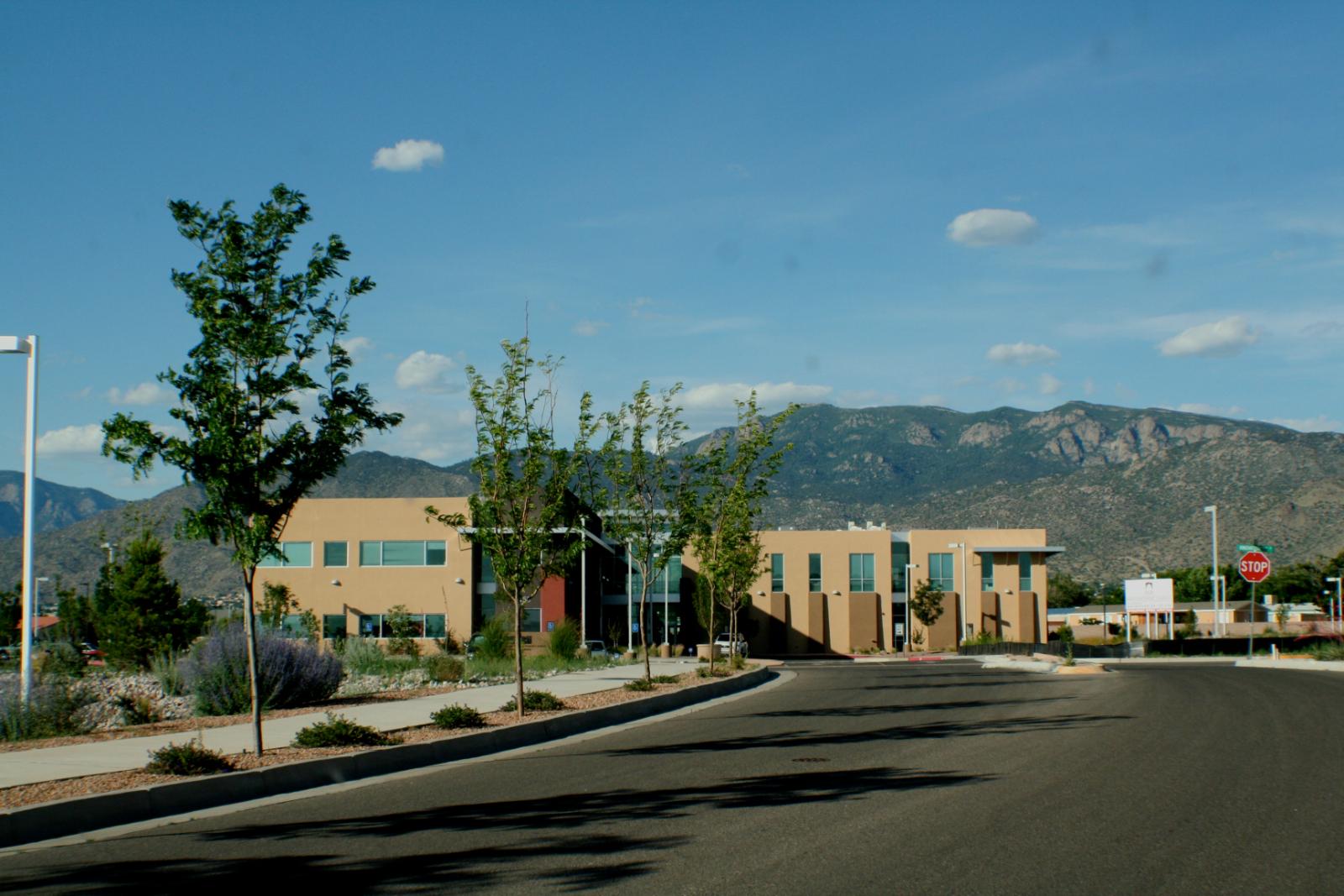
Why are people willing to pay so much to live here? What’s special about it?
Sandia Park offers mountain living with convenient access to Albuquerque, featuring properties nestled in the Sandia Mountains with cooler temperatures and forested settings. The community attracts buyers seeking escape from Albuquerque’s heat and urban density while maintaining reasonable commuting distance to jobs and amenities. Many properties feature mountain views, larger lots, and custom homes designed for the forested environment.
The area provides extensive outdoor recreation opportunities, including hiking trails, camping, and winter activities in the Sandia Mountains. Residents appreciate the small-town atmosphere and natural beauty while having access to Albuquerque’s employment centers, shopping, and cultural attractions within 30 minutes.
How Sandia Park Rose to Prominence
Sandia Park developed as a mountain community in the mid-20th century when improved roads made the Sandia Mountains accessible for residential development. The area attracted Albuquerque residents seeking cooler summer temperatures and vacation homes in the mountains.
Growth accelerated in the 1980s and 1990s as more people chose to live full-time in the mountains while commuting to Albuquerque for work. The community became popular with retirees and professionals who valued the mountain lifestyle and natural setting. Recent growth has been driven by increased demand for properties offering space and natural surroundings following urban living trends.
3 Interesting Tidbits
1. Sandia Crest – The community provides access to Sandia Crest, elevation 10,378 feet, offering panoramic views of central New Mexico.
2. Tinkertown Museum – Sandia Park is home to the famous Tinkertown Museum, featuring miniature carved wooden figures and Old West scenes.
3. Temperature Relief – Summer temperatures in Sandia Park average 15-20 degrees cooler than Albuquerque, making it a popular escape from desert heat.
9. Alto – 66% Home Price Increase Since 2010

- 2010: $341,453
- 2011: $309,016
- 2012: $335,670
- 2013: $346,652
- 2014: $356,341
- 2015: $372,474
- 2016: $364,310
- 2017: $370,781
- 2018: $392,886
- 2019: $377,619
- 2020: $397,083
- 2021: $483,900
- 2022: $532,896
- 2023: $555,952
- 2024: $571,572
- 2025: $567,900
Alto has achieved 66% growth since 2010, reaching $567,900 by August 2025. The community showed steady but modest appreciation through most of the period, with some volatility including dips in 2011 and 2019. Significant acceleration occurred during 2021 when values jumped from $397,083 to $483,900, followed by continued growth through 2024.
Why Alto?

Why are people willing to pay so much to live here? What’s special about it?
Alto attracts buyers seeking mountain living and outdoor recreation in the Sierra Blanca region of south-central New Mexico. The area offers cool summers and access to skiing at nearby Ski Apache, along with hiking, fishing, and hunting in the Lincoln National Forest. Many properties feature mountain views and forested settings that provide a retreat from desert climates elsewhere in the state.
The community appeals to retirees and second-home owners from Texas and other southwestern states who want cooler temperatures and four-season recreation. Alto’s location near Ruidoso provides access to dining, shopping, and entertainment while maintaining a quieter, more secluded residential atmosphere.
How Alto Rose to Prominence
Alto developed as a mountain community in the 1960s and 1970s when Ruidoso’s growth as a resort destination created demand for residential development in the surrounding forested areas. The community attracted buyers seeking larger lots and more privacy than available in Ruidoso proper.
Growth accelerated with the development of golf courses and upscale subdivisions that capitalized on the area’s natural beauty and recreational opportunities. Alto became particularly popular with Texans seeking cool mountain retreats, while the proximity to Ski Apache and year-round recreational activities supported steady appreciation in property values.
3 Interesting Tidbits
1. Mountain Elevation – Alto sits at approximately 7,000 feet elevation, providing cooler temperatures and four distinct seasons in New Mexico’s high country.
2. Golf Destination – The area features several championship golf courses, including the Links at Sierra Blanca, attracting golfers from across the Southwest.
3. Forest Setting – Alto is surrounded by the Lincoln National Forest, providing extensive hiking trails and outdoor recreation opportunities.
8. Taos Ski Valley – 6% Home Price Increase Since 2024

- 2010: N/A
- 2011: N/A
- 2012: N/A
- 2013: N/A
- 2014: N/A
- 2015: N/A
- 2016: N/A
- 2017: N/A
- 2018: N/A
- 2019: N/A
- 2020: N/A
- 2021: N/A
- 2022: N/A
- 2023: N/A
- 2024: $546,152
- 2025: $581,345
Taos Ski Valley shows a 6% increase from 2024 to 2025, reaching $581,345 in median home values. With data available only from 2024, this mountain community appears to have recently gained recognition in the premium market, reflecting its status as a world-class ski destination and resort community.
Why Taos Ski Valley?
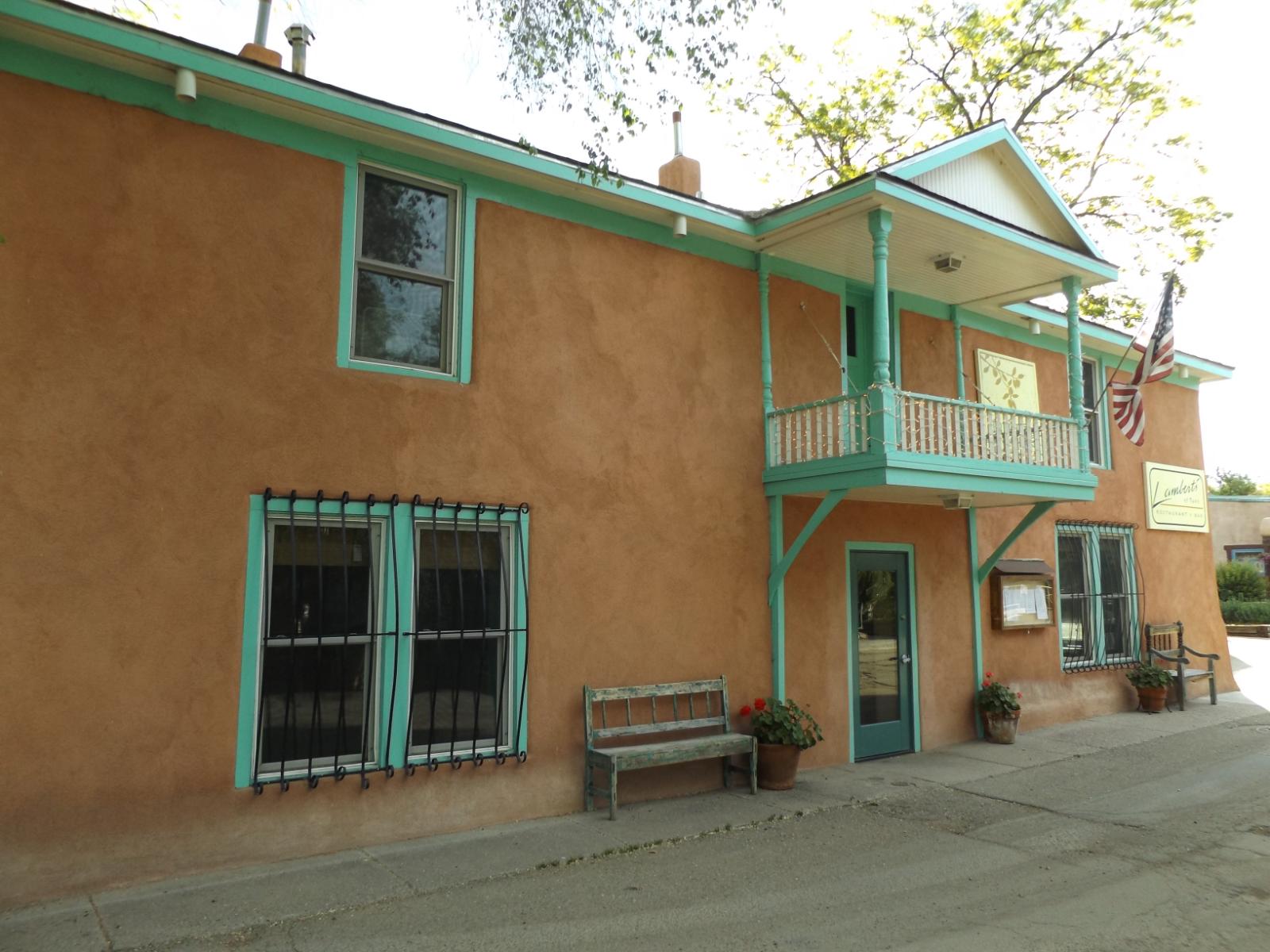
Why are people willing to pay so much to live here? What’s special about it?
Taos Ski Valley offers world-class skiing and year-round mountain recreation at one of New Mexico’s premier resort destinations. The area attracts affluent skiers and outdoor enthusiasts who value direct slope access and alpine lifestyle amenities. Properties often feature ski-in/ski-out access or walking distance to lifts, making them highly desirable for both primary residents and second-home owners.
The village provides a European-style alpine atmosphere with luxury amenities, fine dining, and exclusive shopping in a relatively intimate mountain setting. Many buyers are successful professionals from Texas, California, and other states who want a high-quality mountain retreat with reliable snow conditions and world-class terrain.
How Taos Ski Valley Rose to Prominence
Taos Ski Valley was developed in the 1950s by Ernie Blake, a Swiss-German skier who discovered the high-altitude slopes of the Sangre de Cristo Mountains. Blake recognized the area’s potential for world-class skiing and began developing lifts and facilities in what was then remote wilderness.
The resort gained reputation among serious skiers for its challenging terrain and reliable snow conditions at high elevation. Over decades, Taos Ski Valley evolved from a local ski area to an internationally recognized destination, attracting wealthy skiers who built vacation homes near the slopes. Recent resort improvements and base area development have further elevated property values and demand.
3 Interesting Tidbits
1. High Altitude – Taos Ski Valley’s base elevation is 9,207 feet, making it one of the highest ski areas in North America and ensuring reliable snow conditions.
2. Expert Terrain – The resort is famous for its challenging terrain, with 51% of runs classified as expert level, attracting serious skiers from around the world.
3. No Snowboarding – Taos Ski Valley was one of the last major ski areas to allow snowboarding, maintaining a skiers-only policy until 2008.
7. Santa Fe – 86% Home Price Increase Since 2010

- 2010: $318,407
- 2011: $292,212
- 2012: $283,100
- 2013: $293,681
- 2014: $307,641
- 2015: $311,343
- 2016: $321,672
- 2017: $347,336
- 2018: $354,110
- 2019: $399,981
- 2020: $428,962
- 2021: $506,643
- 2022: $582,353
- 2023: $579,899
- 2024: $594,834
- 2025: $590,845
Santa Fe has gained 86% in value since 2010, reaching $590,845 by August 2025. The city recovered from post-recession lows around 2012-2013, then showed consistent appreciation through 2022 when values peaked at $582,353. Recent years have shown some moderation, with values stabilizing in the $580,000-$595,000 range.
Why Santa Fe?
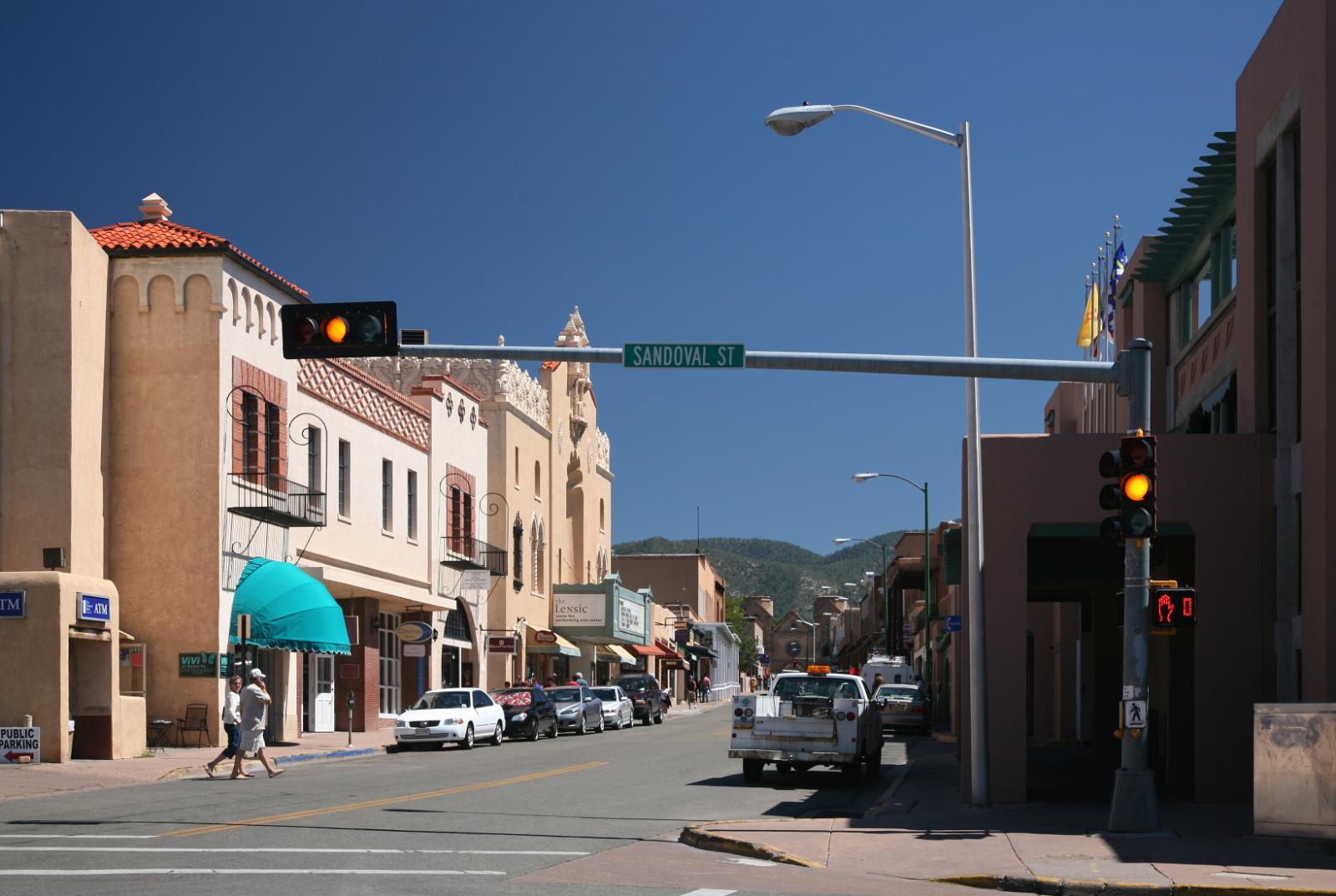
Why are people willing to pay so much to live here? What’s special about it?
Santa Fe attracts buyers with its unique combination of Native American, Hispanic, and Anglo cultures, creating an authentic southwestern atmosphere found nowhere else in America. The city’s distinctive adobe architecture, world-class art galleries, and renowned cuisine make it a cultural destination that supports both primary and second-home markets. Many residents are artists, retirees, and professionals drawn to the city’s creative energy and high quality of life.
The location provides four-season mountain living at 7,200 feet elevation, with skiing, hiking, and outdoor recreation just minutes from the historic plaza. Santa Fe’s role as the state capital provides government employment, while tourism and the arts support a diverse economy that attracts educated, affluent residents willing to pay premium prices for the lifestyle.
How Santa Fe Rose to Prominence
Santa Fe was founded in 1610 as the capital of the Spanish colony of Nuevo México, making it one of the oldest continuously inhabited cities in the United States. The city served as the end of the Santa Fe Trail from Missouri and later became a territorial capital when the United States acquired New Mexico in 1848.
The modern transformation began in the early 1900s when artists and writers discovered Santa Fe’s unique culture and dramatic landscapes. The city became a haven for creativity and alternative lifestyles, attracting wealthy patrons and cultural influencers. Post-World War II growth brought retirees and professionals seeking the southwestern lifestyle, while strict building codes preserved the distinctive adobe architecture that defines the city’s character.
3 Interesting Tidbits
1. Ancient Capital – Santa Fe is the oldest state capital in the United States and the second-oldest city founded by European colonists.
2. Adobe Architecture – City building codes require new construction to conform to the “Santa Fe style” of adobe or adobe-looking architecture, preserving the city’s unique appearance.
3. Art Market Hub – Santa Fe ranks as the third-largest art market in the United States, behind only New York and Los Angeles, supporting numerous galleries and art-related businesses.
6. Los Alamos – 100% Home Price Increase Since 2010

- 2010: $297,745
- 2011: $274,956
- 2012: $265,050
- 2013: $261,875
- 2014: $254,434
- 2015: $252,212
- 2016: $263,125
- 2017: $296,714
- 2018: $335,493
- 2019: $356,907
- 2020: $406,658
- 2021: $468,678
- 2022: $511,063
- 2023: $523,365
- 2024: $569,681
- 2025: $596,286
Los Alamos has exactly doubled in value since 2010, achieving 100% growth to reach $596,286 by August 2025. The town experienced decline through 2015, bottoming out at $252,212, before beginning steady recovery that accelerated after 2017. The most dramatic growth occurred from 2020 onward, with values jumping from $406,658 to current levels.
Why Los Alamos?
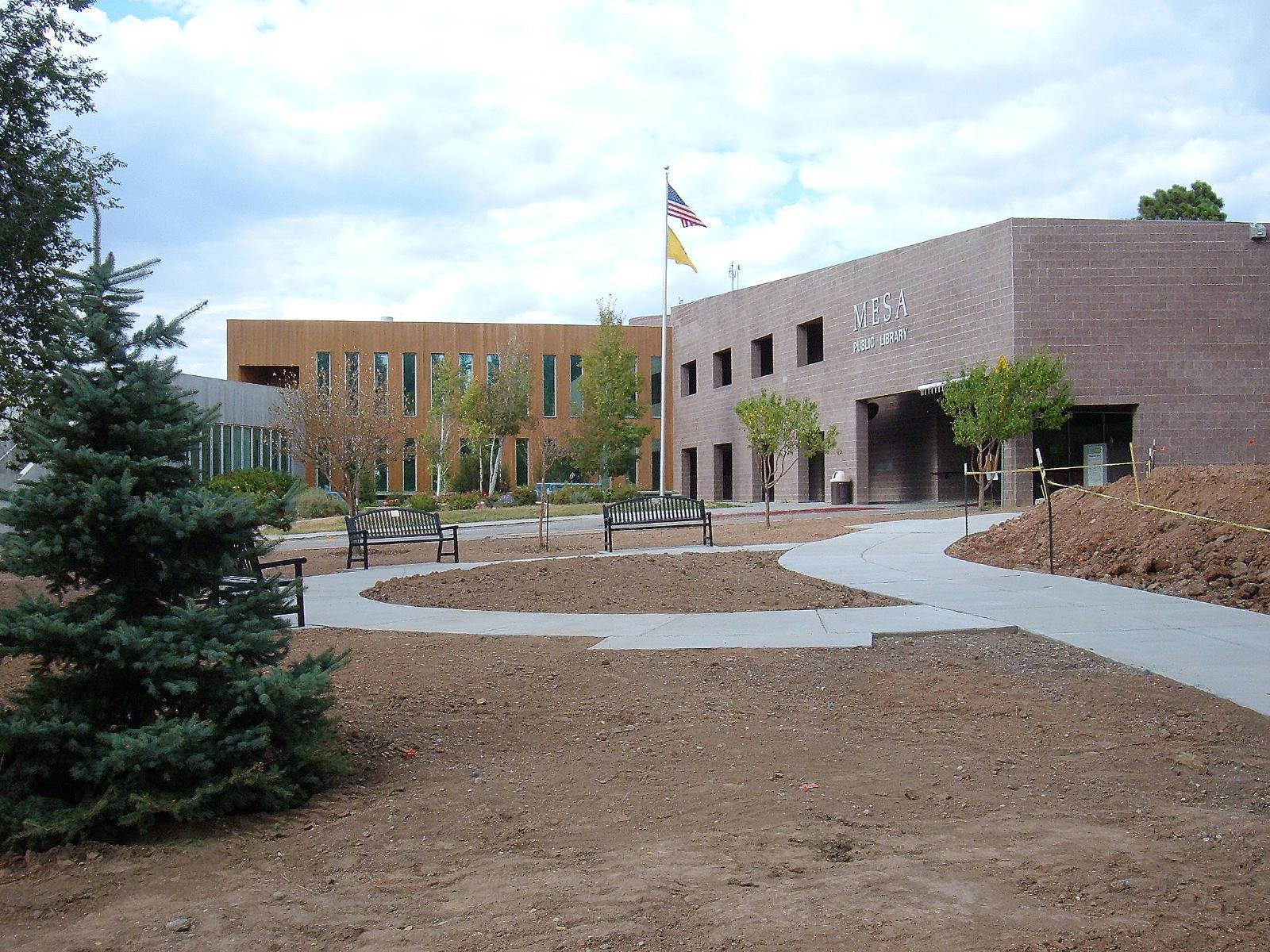
Why are people willing to pay so much to live here? What’s special about it?
Los Alamos attracts highly educated professionals working at Los Alamos National Laboratory, creating a unique community of scientists, engineers, and researchers with above-average incomes. The town offers excellent schools, low crime rates, and extensive recreational opportunities in the surrounding Jemez Mountains. Many residents appreciate the intellectual atmosphere and job security that come with laboratory employment.
The community provides small-town safety and amenities while offering access to world-class outdoor recreation, including skiing at nearby resorts and hiking in the Santa Fe National Forest. Housing demand is driven by laboratory employment, which provides stable, well-paying jobs that support higher home values than typical New Mexico communities.
How Los Alamos Rose to Prominence
Los Alamos was created virtually overnight in 1943 as a secret government town to house Manhattan Project scientists developing the atomic bomb. The federal government selected the remote mesa location for security and secrecy, building homes, schools, and infrastructure to support thousands of scientists and their families.
After World War II, Los Alamos National Laboratory continued nuclear weapons research and expanded into other scientific endeavors. The town transitioned from a closed federal installation to a regular municipality in the 1960s, but laboratory employment remained the economic foundation. The high-tech, high-income nature of laboratory jobs has consistently supported above-average housing values and community amenities.
3 Interesting Tidbits
1. Secret City – Los Alamos didn’t appear on maps until after 1957, when the federal government declassified its location and allowed public access to the town.
2. Atomic History – The Bradbury Science Museum in Los Alamos chronicles the development of nuclear weapons and the laboratory’s ongoing research in national security and science.
3. High Education – Los Alamos has one of the highest percentages of residents with doctoral degrees in the United States, reflecting the laboratory’s workforce requirements.
5. Arroyo Seco – 2% Home Price Increase Since 2024

- 2010: N/A
- 2011: N/A
- 2012: N/A
- 2013: N/A
- 2014: N/A
- 2015: N/A
- 2016: N/A
- 2017: N/A
- 2018: N/A
- 2019: N/A
- 2020: N/A
- 2021: N/A
- 2022: N/A
- 2023: N/A
- 2024: $622,572
- 2025: $635,327
Arroyo Seco shows a modest 2% increase from 2024 to 2025, reaching $635,327 in median home values. With data available only from 2024, the community appears to have entered the expensive towns list recently, suggesting either new development or recent market recognition of its premium status.
Why Arroyo Seco?

Why are people willing to pay so much to live here? What’s special about it?
Arroyo Seco offers an authentic northern New Mexico experience with historic adobe architecture and traditional Hispanic culture, located just minutes from Taos. The village maintains its centuries-old character while attracting buyers seeking artistic communities and southwestern authenticity. Properties often feature traditional construction methods and materials that reflect the area’s deep cultural heritage.
The location provides convenient access to Taos Ski Valley and numerous hiking trails in the Sangre de Cristo Mountains. Many residents are artists, writers, or retirees drawn to the area’s creative atmosphere and stunning high-desert landscapes that have inspired generations of artists and writers.
How Arroyo Seco Rose to Prominence
Arroyo Seco was founded in the early 1800s as a Hispanic farming community along a seasonal creek (arroyo seco means “dry creek” in Spanish). The village developed around agriculture and livestock, with families building traditional adobe homes and maintaining acequias for irrigation.
The modern transformation began in the 1960s when the Taos art scene and counterculture movement brought new residents seeking authentic southwestern communities. Arroyo Seco attracted artists and writers who appreciated its traditional architecture and rural setting while being close to Taos’s galleries and cultural attractions. Recent years have seen increased interest from buyers seeking second homes and retirement properties in authentic northern New Mexico villages.
3 Interesting Tidbits
1. Traditional Architecture – Many homes in Arroyo Seco maintain traditional adobe construction methods passed down through generations of Hispanic families.
2. Acequia Heritage – The village still uses traditional irrigation ditches (acequias) established by early Spanish settlers for community agriculture.
3. Ski Valley Access – Arroyo Seco provides the most direct route to Taos Ski Valley, making it popular with both permanent residents and second-home owners who ski regularly.
4. Placitas – 78% Home Price Increase Since 2014

- 2010: N/A
- 2011: N/A
- 2012: N/A
- 2013: N/A
- 2014: $369,753
- 2015: $370,566
- 2016: $383,718
- 2017: $394,751
- 2018: $412,072
- 2019: $429,871
- 2020: $458,878
- 2021: $536,965
- 2022: $624,043
- 2023: $638,237
- 2024: $654,108
- 2025: $657,066
Placitas has gained 78% in value since 2014, reaching $657,066 by August 2025. The community showed gradual appreciation through 2020, then experienced significant acceleration during 2021-2022 when values climbed from $458,878 to $624,043. Growth has continued at a steady pace with values approaching $660,000.
Why Placitas?
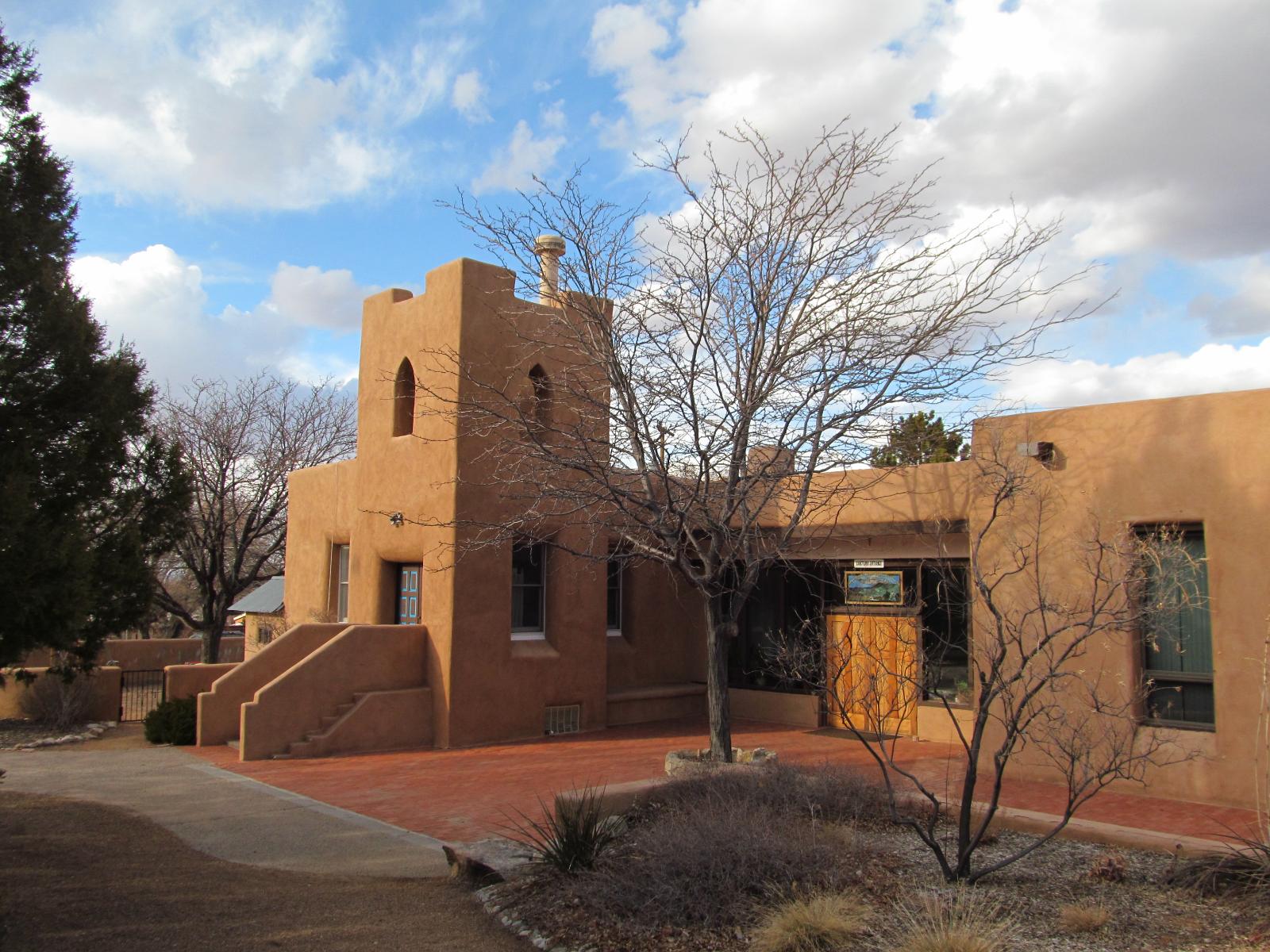
Why are people willing to pay so much to live here? What’s special about it?
Placitas combines scenic high-desert beauty with proximity to Albuquerque and Santa Fe, offering custom homes on large lots with stunning views of the Sandia Mountains. The unincorporated community maintains low density and rural character while providing easy access to major employment centers via Interstate 25. Many properties feature adobe or southwestern architecture that complements the natural landscape.
Buyers are attracted to the area’s peaceful atmosphere and outdoor recreation opportunities, including hiking trails and open space that preserve the high-desert environment. The community offers a compromise between rural living and urban access, making it popular with professionals who work in Albuquerque or Santa Fe but prefer a quieter residential setting.
How Placitas Rose to Prominence
Placitas developed as a small Hispanic settlement in the late 1800s, taking its name from the Spanish word for “little plazas.” The community remained a quiet agricultural area for most of the 20th century, with modest homes and small farms scattered across the high-desert landscape.
Growth accelerated in the 1980s and 1990s as Albuquerque’s expansion reached north along the Rio Grande corridor and Interstate 25 improved access to the area. Placitas became attractive to buyers seeking large lots and custom home sites with mountain views, while developers began creating upscale subdivisions that maintained the area’s rural character. The combination of scenic beauty and metropolitan access drove steady appreciation.
3 Interesting Tidbits
1. Mountain Views – Many Placitas properties offer panoramic views of the Sandia Mountains to the east and the Jemez Mountains to the west.
2. Historic Church – The village is home to San Antonio Church, built in 1884 and still serving the local Catholic community.
3. Commuter Access – Placitas provides convenient access to both Albuquerque (30 minutes south) and Santa Fe (45 minutes north) via Interstate 25.
3. Los Ranchos de Albuquerque – 105% Home Price Increase Since 2010

- 2010: $339,304
- 2011: $349,705
- 2012: $338,649
- 2013: $360,192
- 2014: $373,272
- 2015: $379,785
- 2016: $396,290
- 2017: $408,085
- 2018: $417,505
- 2019: $438,013
- 2020: $460,845
- 2021: $547,441
- 2022: $639,737
- 2023: $641,369
- 2024: $662,073
- 2025: $694,292
Los Ranchos has more than doubled in value since 2010, achieving 105% growth to reach $694,292 by August 2025. The village experienced steady appreciation through 2020, followed by accelerated growth during 2021-2022 when values surged from $460,845 to $639,737. Recent years have maintained strong momentum with continued gains.
Why Los Ranchos de Albuquerque?
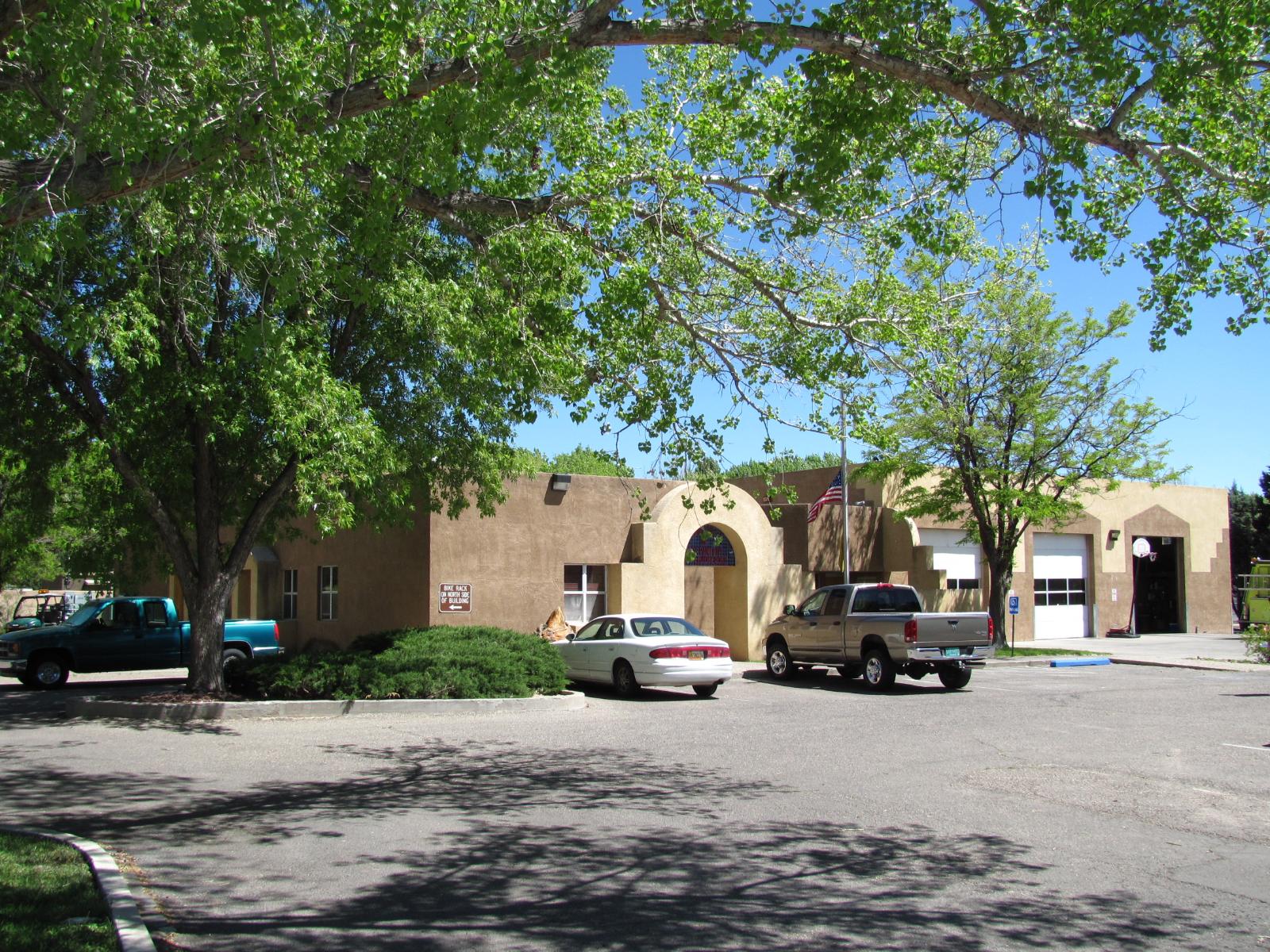
Why are people willing to pay so much to live here? What’s special about it?
Los Ranchos offers an exclusive rural enclave completely surrounded by Albuquerque, providing large estate-style properties with horse facilities and agricultural uses. The village maintains strict development standards that preserve its rural character, including minimum acre lots and restrictions on commercial development. Properties often feature custom homes, horse barns, and extensive landscaping on parcels that feel like private retreats.
The community’s central location provides unparalleled access to Albuquerque’s employment, shopping, and cultural amenities while maintaining complete separation from urban density. Many residents are professionals and business owners who value privacy and space for horses or other agricultural pursuits without sacrificing urban conveniences.
How Los Ranchos de Albuquerque Rose to Prominence
Los Ranchos de Albuquerque was established in the 1700s as Spanish colonial agricultural settlements along the Rio Grande. For centuries, the area remained rural farmland and ranch properties, with families maintaining traditional agricultural practices and large land holdings.
As Albuquerque expanded dramatically after World War II, Los Ranchos found itself surrounded by urban development but maintained its rural character through incorporation as a village in 1962. The community adopted strict zoning and building codes to preserve its agricultural heritage and prevent the subdivision and development pressures that transformed surrounding areas. This intentional preservation created one of New Mexico’s most exclusive residential enclaves.
3 Interesting Tidbits
1. Urban Island – Los Ranchos is completely surrounded by Albuquerque, creating a unique rural island within the metropolitan area that maintains its own municipal government.
2. Equestrian Haven – The village is home to numerous horse properties and boarding facilities, making it a center for equestrian activities in the Albuquerque area.
3. Historic Preservation – Many properties date to the Spanish colonial period, and the village maintains strict architectural guidelines to preserve its historic rural character.
2. Corrales – 93% Home Price Increase Since 2014

- 2010: N/A
- 2011: N/A
- 2012: N/A
- 2013: N/A
- 2014: $360,098
- 2015: $363,067
- 2016: $378,055
- 2017: $394,815
- 2018: $410,417
- 2019: $438,469
- 2020: $466,807
- 2021: $551,170
- 2022: $647,306
- 2023: $659,077
- 2024: $682,857
- 2025: $695,983
Corrales demonstrates steady appreciation with a 93% increase since 2014, reaching $695,983 by August 2025. The village showed consistent year-over-year growth, with particularly strong gains during 2021-2022 when values jumped from $551,170 to $647,306. Growth has continued at a measured pace through 2025.
Why Corrales?
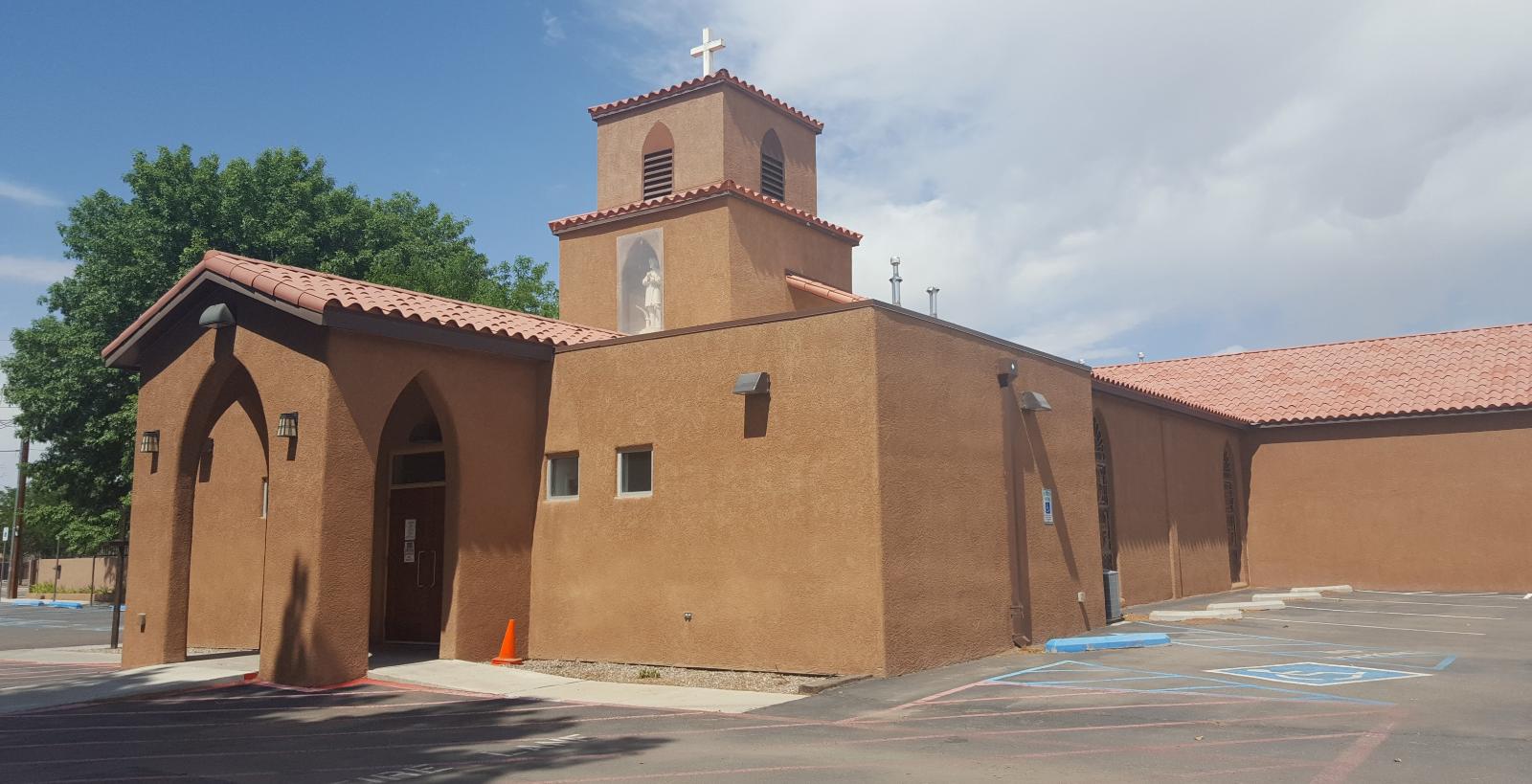
Why are people willing to pay so much to live here? What’s special about it?
Corrales offers an authentic rural atmosphere within the Albuquerque metropolitan area, featuring horse properties, acequias (irrigation ditches), and agricultural zoning that preserves its historic character. The village strictly limits commercial development, maintaining open spaces and pastoral views that feel worlds away from urban life. Many properties feature large lots with room for horses, gardens, and outdoor recreation.
The community’s location along the Rio Grande provides access to the bosque (riverside forest) and extensive trail systems popular with hikers, cyclists, and equestrians. Corrales attracts professionals who want rural tranquility with convenient access to Albuquerque’s employment centers, shopping, and cultural amenities just minutes away.
How Corrales Rose to Prominence
Corrales traces its origins to Spanish colonial settlements in the 1700s, when it served as an agricultural community along the Rio Grande. The name “corrales” refers to the livestock corrals that early settlers built, and agriculture remained the primary economic activity for centuries.
The modern transformation began in the 1960s and 1970s when Albuquerque’s suburban expansion brought new residents seeking rural lifestyles near the city. Corrales incorporated as a village in 1971 to maintain local control over development and preserve its agricultural character. Strict zoning laws and building codes have successfully maintained the community’s rural atmosphere while property values have steadily climbed.
3 Interesting Tidbits
1. Acequia System – Corrales maintains traditional Spanish colonial irrigation ditches (acequias) that are still used today and protected by state law.
2. Sandhill Cranes – The village is famous for the annual migration of sandhill cranes that winter along the Rio Grande bosque, drawing wildlife watchers from across the region.
3. Agricultural Preservation – Corrales requires minimum lot sizes of one acre and maintains agricultural zoning to preserve its rural character and prevent subdivision of historic farm properties.
1. Lamy – 95% Home Price Increase Since 2010

- 2010: $438,411
- 2011: $439,242
- 2012: $427,055
- 2013: $438,717
- 2014: $452,447
- 2015: $455,078
- 2016: $463,664
- 2017: $496,076
- 2018: $504,881
- 2019: $549,527
- 2020: $595,462
- 2021: $725,234
- 2022: $854,596
- 2023: $850,385
- 2024: $852,546
- 2025: $853,199
Lamy has achieved impressive growth of 95% since 2010, reaching $853,199 in median home values by August 2025. The town experienced its most dramatic surge between 2020 and 2022, when prices jumped from $595,462 to $854,596. After some stabilization in 2023, values have remained consistently above $850,000.
Why Lamy?
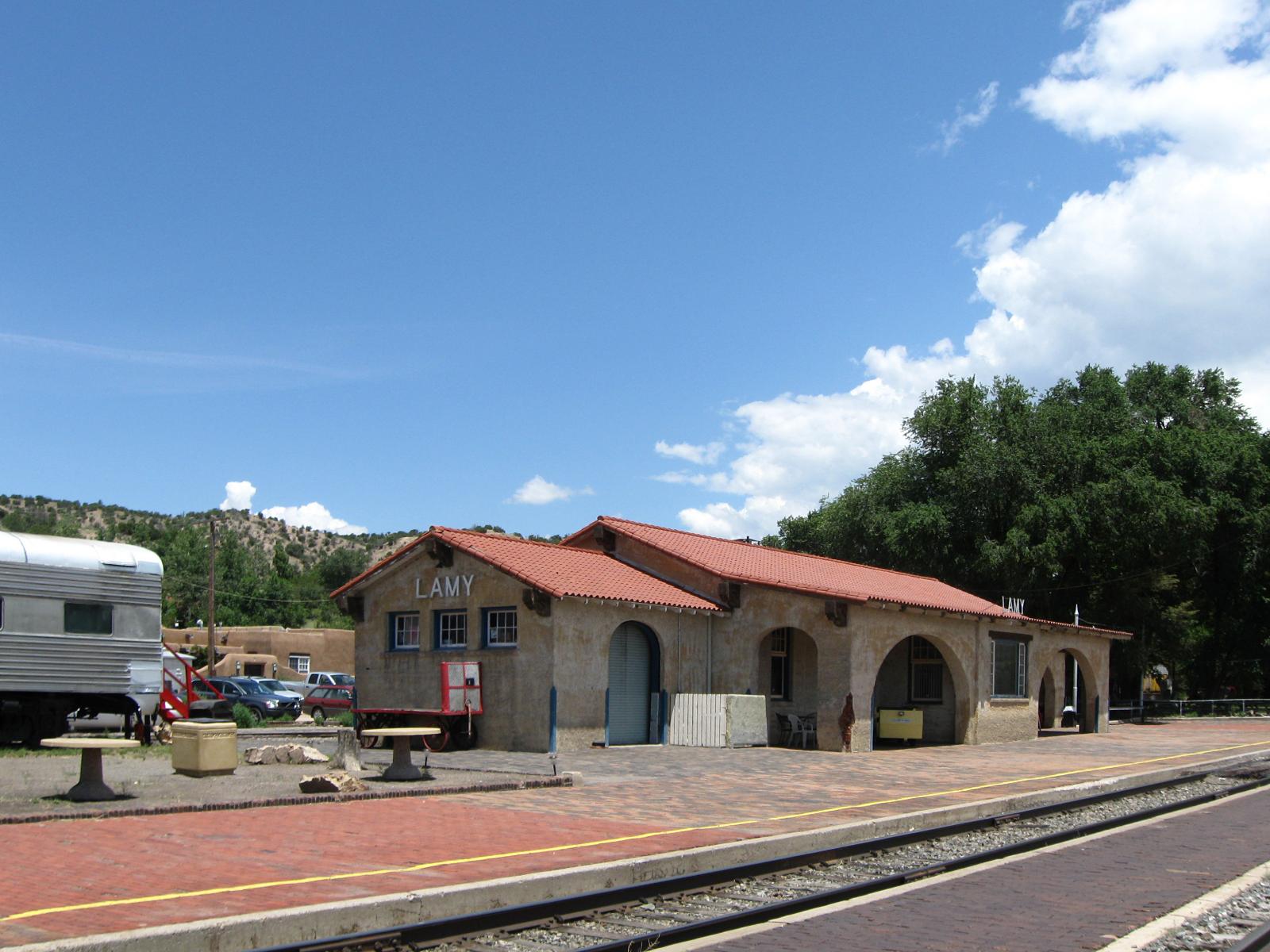
Why are people willing to pay so much to live here? What’s special about it?
Lamy attracts buyers seeking small-town charm with easy access to Santa Fe’s cultural attractions and job market. Located just 18 miles southeast of Santa Fe, this historic railroad town offers larger lots and more affordable alternatives to Santa Fe proper. The community maintains its rural character while providing convenient access to the state capital’s amenities and employment opportunities.
The town’s location along the Santa Fe Southern Railway adds unique character, while its proximity to the Galisteo Basin provides stunning high-desert views. Buyers appreciate the quiet atmosphere and space for horses and other livestock, making it popular with those seeking a semi-rural lifestyle near urban conveniences.
How Lamy Rose to Prominence
Lamy was founded in 1880 as a railroad junction point for the Atchison, Topeka and Santa Fe Railway, serving as the crucial link between the main transcontinental line and Santa Fe. Named after Archbishop Jean-Baptiste Lamy, the town became an important transportation hub when the railroad bypassed Santa Fe due to difficult terrain.
For decades, Lamy remained a small railroad community with modest homes and businesses serving train passengers and crew. As Santa Fe’s real estate prices soared in recent decades, Lamy emerged as an attractive alternative for buyers wanting proximity to the capital city without the premium prices. The town’s historic character and rail heritage became selling points rather than relics of the past.
3 Interesting Tidbits
1. Railway Legacy – The historic Lamy train station still operates today, serving Amtrak’s Southwest Chief route between Chicago and Los Angeles.
2. Film Location – Lamy has served as a filming location for several movies and television shows, including scenes from “Wild Hogs” and various Western productions.
3. High Desert Living – At 6,400 feet elevation, Lamy offers cooler summers and four distinct seasons while maintaining the high-desert landscape characteristic of northern New Mexico.






